Remnant 2
Written by - Codiak
Updated: July 21, 2023
|
Posted: July 20, 2023

A huge thank you to the developers, Gunfire Games and Gearbox Publishing for giving our entire team early access to Remnant 2. It’s rare that all three members of our team get to play a game early, so when the opportunity arose, we jumped at the chance. If you’ve been following the channel then you already know quite a bit about Remnant 2, but for those of you just tuning in to the game for the first time, this article is definitely for you.
What is Remnant 2?
Remnant 2 is a third-person adventure-shooter. It’s a game that’s unique, and pulls elements from other genres, which is why it’s hard to pin down exactly what it is. You’ll be introduced to souls-like elements such as the challenging enemies, and often one-shot mechanics they employ to keep you on your toes. There’s also a huge emphasis on loot and build crafting thanks to the game’s incredible variety of weapons, mod powers, and skills. Finally, there’s the classic experience of adventure, clearing worlds filled with corruption, uncovering secrets, and pushing forward into the unknown.
There’s truly no game like Remnant 2, and while it is a sequel to the developer’s first game, Remnant: from the Ashes, it’s a step up in almost every way imaginable.
Story
We first need to start with the game’s story, the backdrop for the entire adventure. The game is broken down into really two tiers of storytelling, the macro story that connects the entire experience and provides that through-line from beginning to end, and the specific world stories that change depending on your individual experience.
From our perspective the world stories managed to captivate us, and while not always incredibly deep, there’s a magic and mystery to them that lore fanatics will love. Part of the reason they work is because they are self-contained within a specific world. The story doesn’t exist outside the walls of a place like Yaesha which makes it easier to latch onto. Couple that with the fact that your playthrough might have one storyline, and mine might have another, and there’s an element of randomness that you don’t often find in a narrative experience. The strange people and creatures you meet along the way in these worlds are interesting, vividly designed, and for the most part memorable. I might not be able to pronounce every one of their names, but that’s not a new phenomenon.
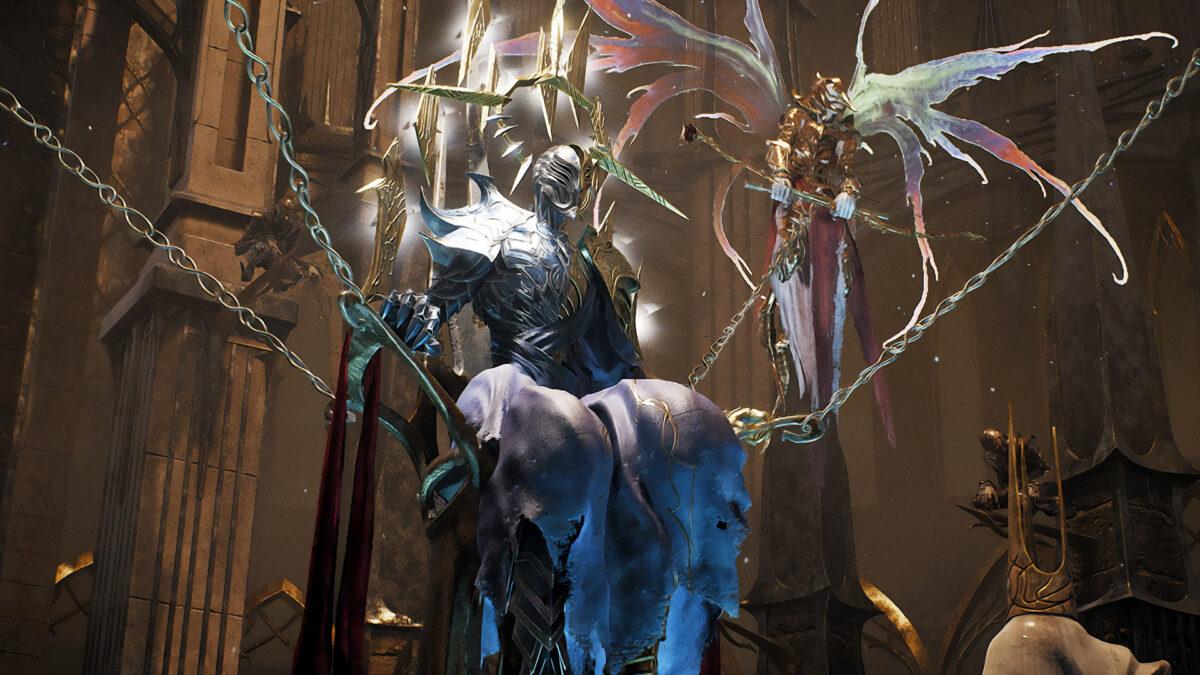
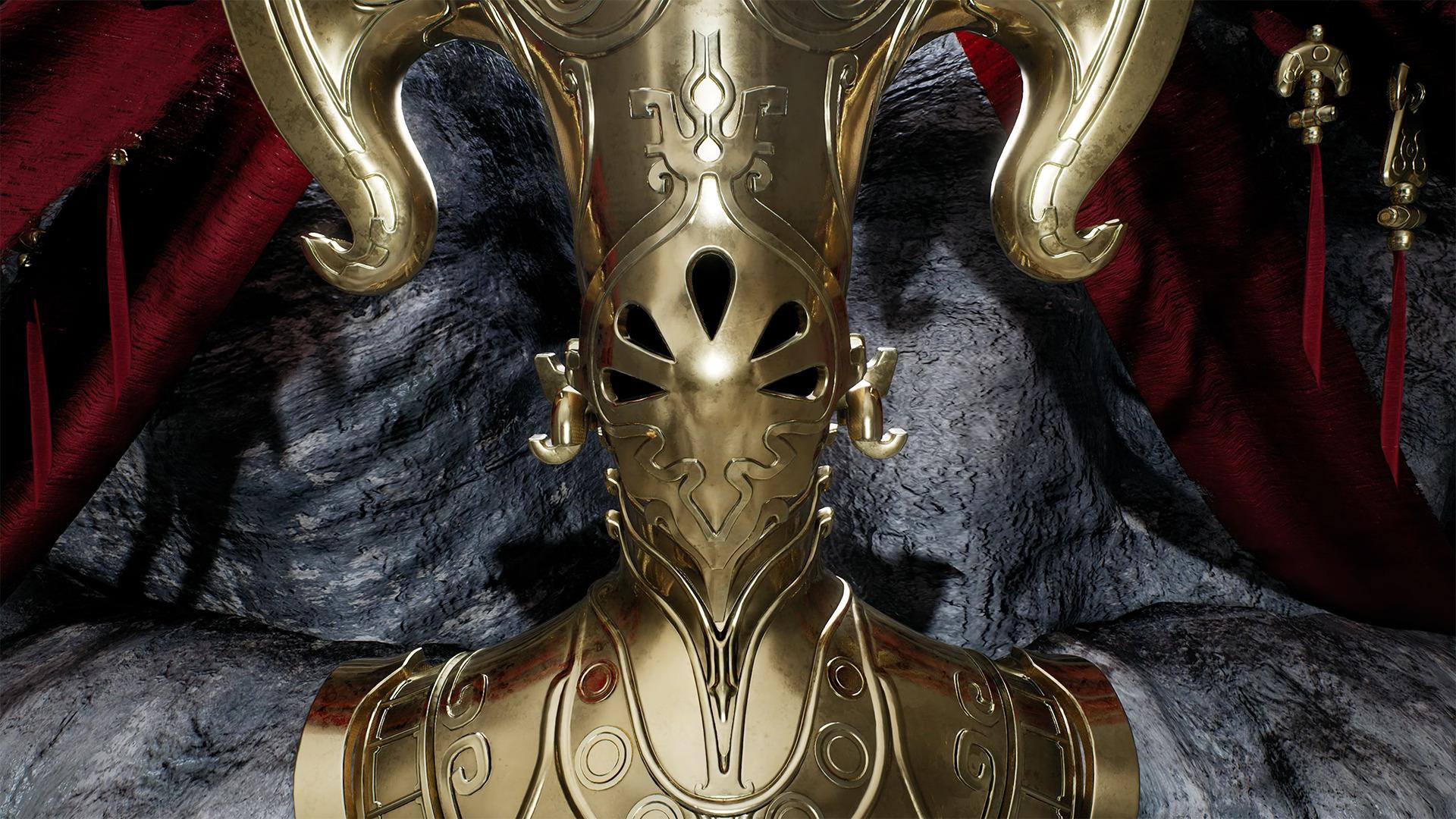
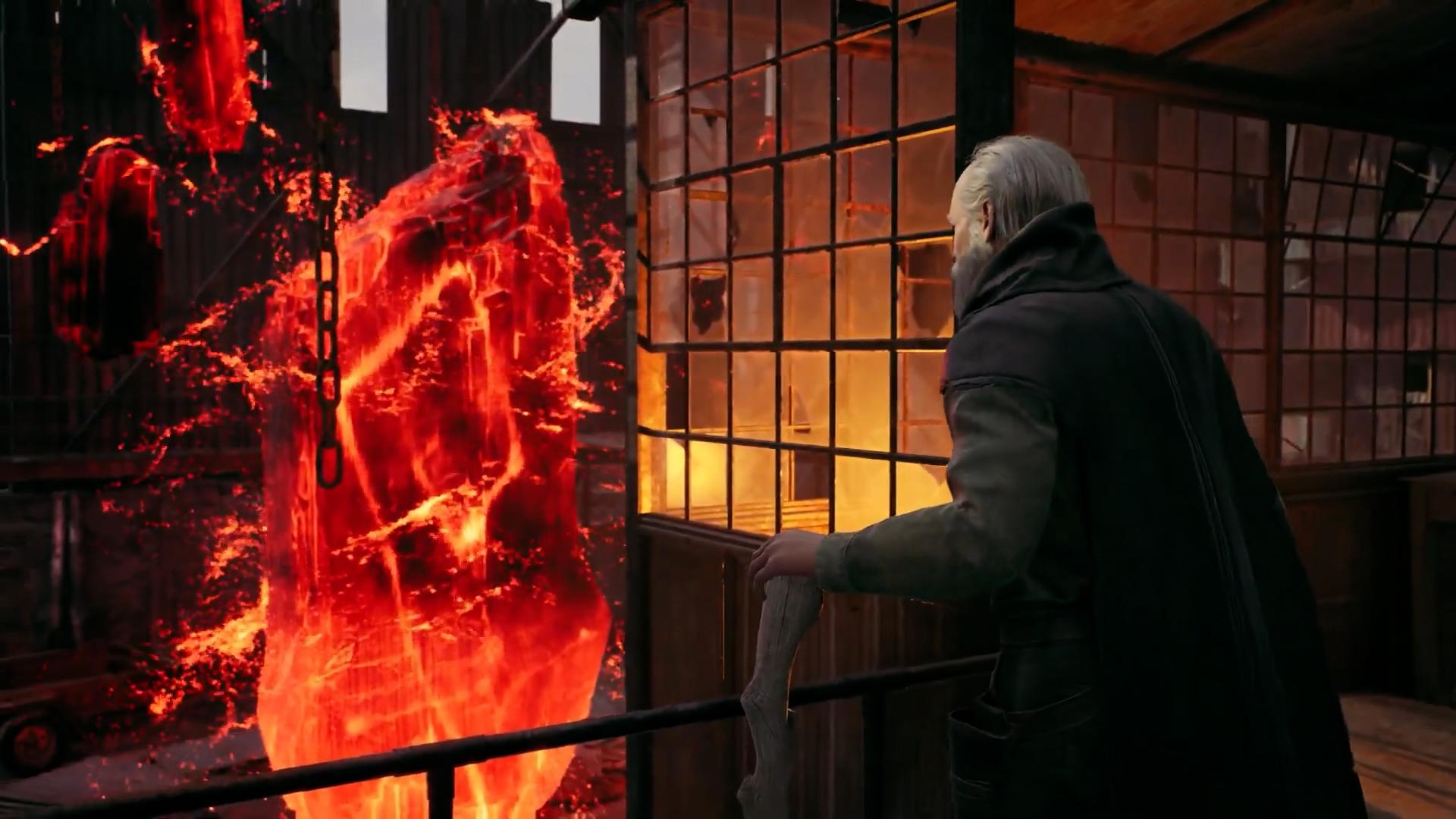
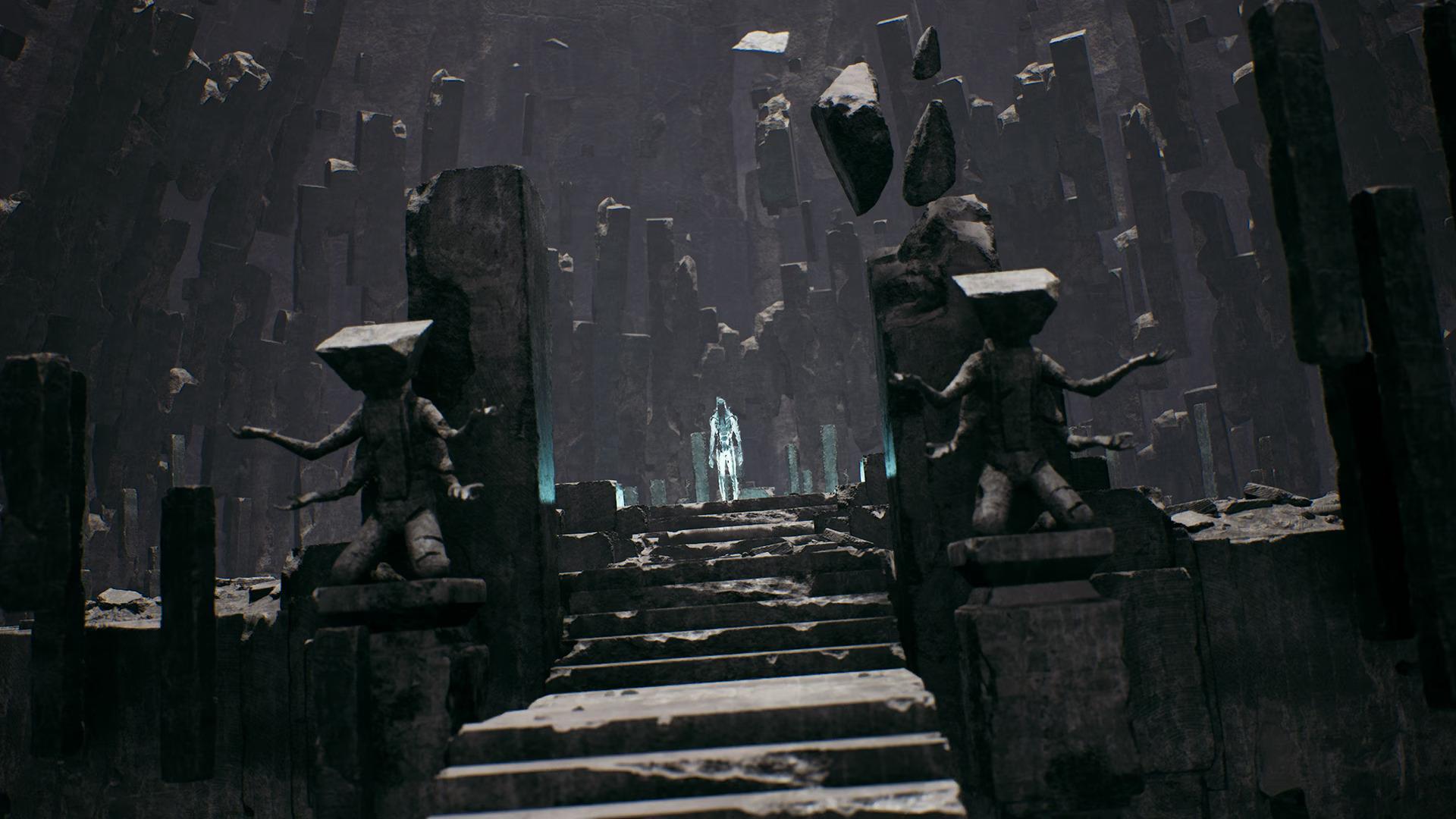
Each character is also voiced by a clearly talented actor or actress and more often than not you’re greeted with a really impressive range of dialogue lines that you don’t often find in video games.
The macro story is a bit less thrilling, but still a step up from the story in Remnant: from the Ashes. Obviously we’re not going to spoil anything here, but as you move through the story you’ll return to a place called the Labyrinth and that through-line will continue to pull you towards an inevitable conclusion. The real challenge with this overarching story is the gap between major beats. You could spend days clearing out a world, and by the time you reach that next significant story moment you might have forgotten where you left off. It’s a necessary evil given the way Remnant 2 is designed, with gameplay clearly at the center, but if you are the type of player that craves a super compelling main narrative in your game, this might not scratch that itch.
That being said, as someone that was an avid fan of the first game and its lore, Livid wanted me to assure Remnant: From the Ashes fans that both the lore and the conclusion of this game is far more satisfying than the first, and that’s important as the game is far from over once you defeat the final boss. Sure the story has a definitive conclusion in a way, but the journey is just getting started.
Gameplay Loop
Before we can break down any individual Remnant 2 system, we have to first understand the gameplay loop. If you get nothing else from this review, I want you to walk away understanding how the developers designed the game to be played.
First and foremost, this is not a looter-shooter, and while there are souls-like elements in the game, Remnant 2 is uniquely its own thing. The game starts with a simple choice, what difficulty do you want to play, and apart from some flavor text it’s hard to know how each option changes your experience. I like to describe Remnant 2’s difficulty as steppingstones. You can play on Survivor, the easiest mode and level up your character, gaining gear and trait points all the while. This will allow you to step into the next mode, Veteran, and continue increasing your power. That process continues until you feel comfortable trying your hand in the Nightmare difficulty, and then, if you’re up for the insane challenge, Apocalypse.
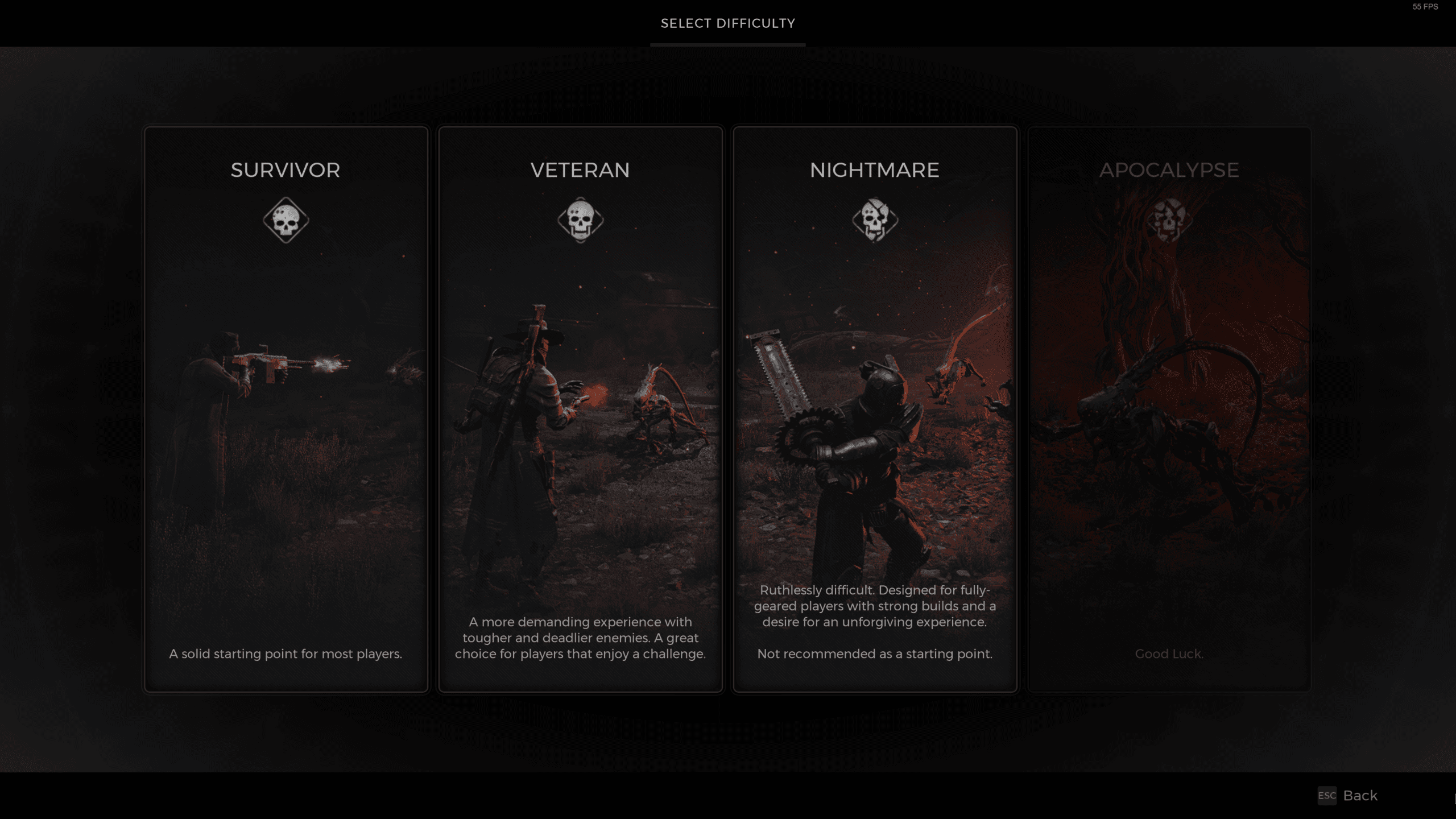
The experience is not fluid, you can’t just change the difficulty based on whatever challenge is currently standing in front of you, and that’s a change from the norm within a lot of games nowadays.
Within a single campaign run you aren’t going to experience everything the game has to offer. In-fact it’s a guarantee that you won’t experience all of the tilesets within each world, and you definitely won’t run across all of the items. The game just isn’t built like that, and you’re meant to re-roll your campaign, or jump into ‘Adventure Mode’ to play through different worlds again for an opportunity at new experiences and loot. While in campaign mode you’ll play through all of the different worlds and through that, experience the overarching story. However, in adventure mode you’ll have the ability to re-roll a specific world, and that means an entirely new tileset and experience, but without needing to progress a storyline.
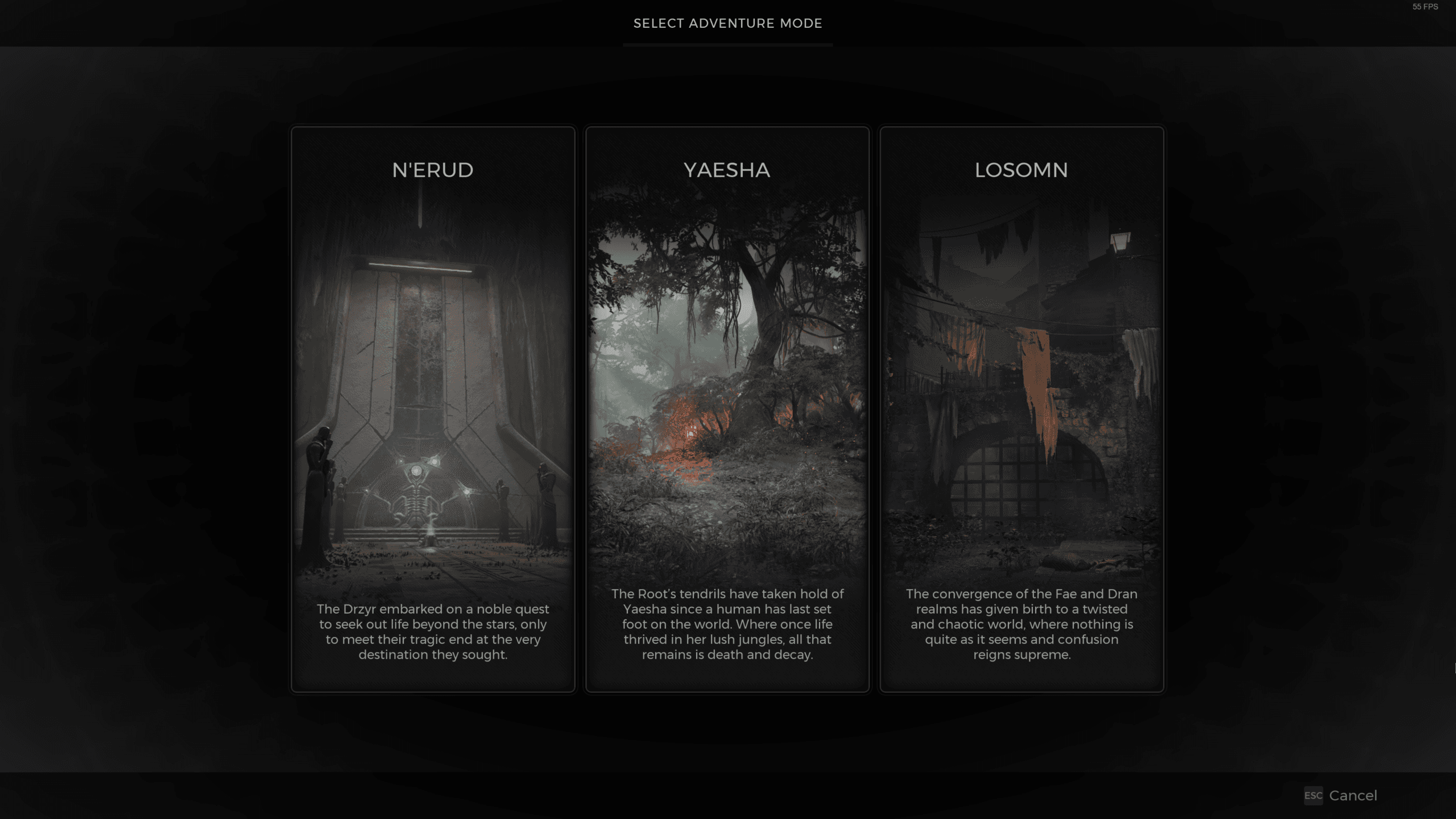
If you play the campaign and stop there you’re honestly missing out on a ton of developed content including different bosses, new weapons, new mod powers, different storylines, and a ton of secrets. You’ll probably only touch about 20-25% of the content in one run. The joy of playing Remnant 2 is in the exploration, but it’s all tied to the journey taking you from fledgling survivor to near-unstoppable force.
Archetypes
Now that we understand the gameplay loop, let’s talk about some of the individual systems that make up the game and talk about if they “hit the mark” starting with Archetypes. You might refer to these as classes, but they’re central to understand how Remnant 2 gives your character identity within the game. Each Archetype is tied to a specific Archetype item, and to access that class, you simply need to slot the item. There’s flexibility here and you can slot and un-slot that item to mess around with various primary and sub-archetypes as you begin to experiment with build crafting.
We’re not going to go into too much detail here simply because we’ve covered archetypes in a number of videos on the channel, but at a high level there are at least 7 that we know of, 4 of which are available at the start of the game:
Hunter
- The hunter is your long-range weapons expert with the ability to mark targets and increase the damage enemies receive
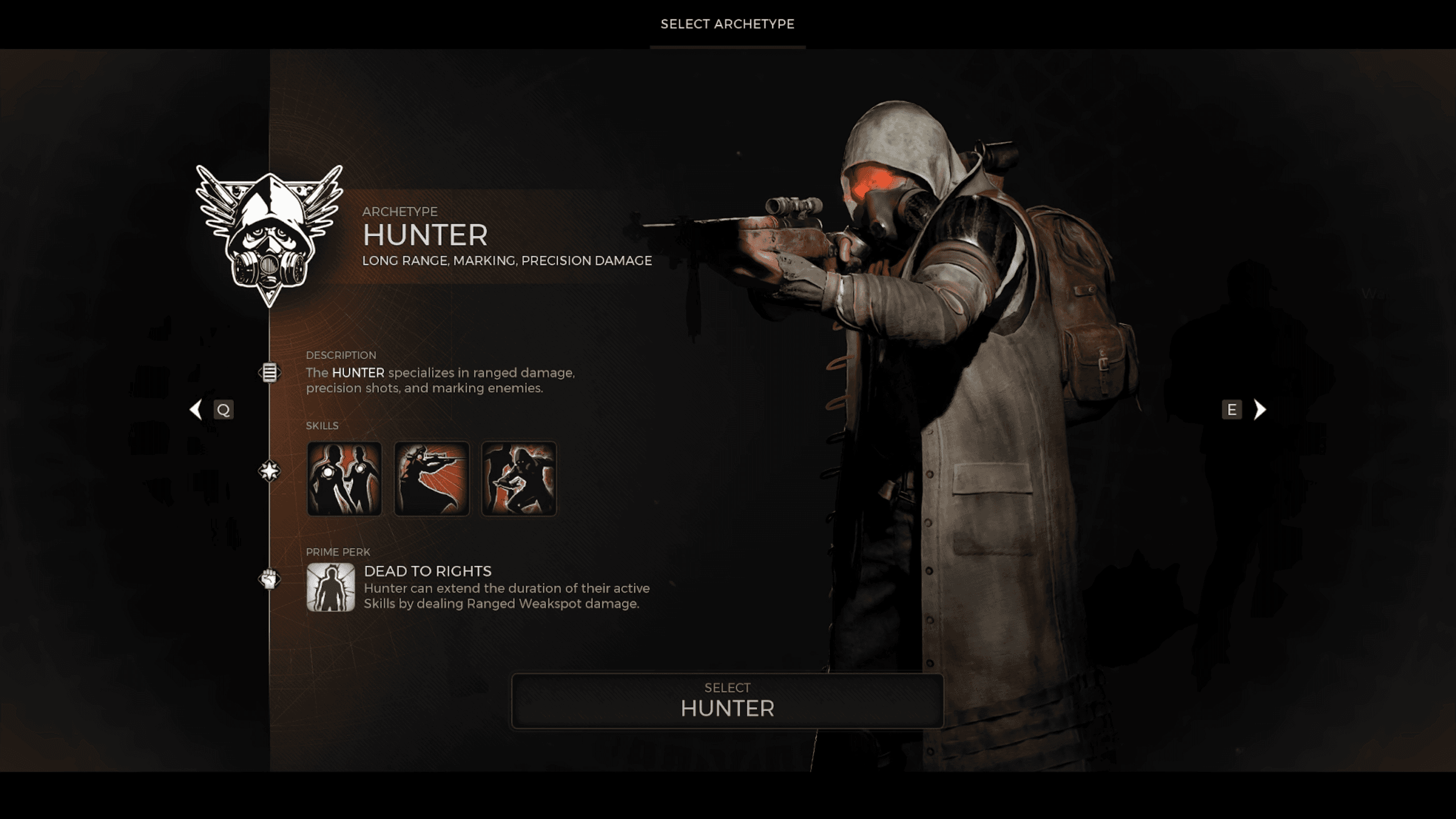
Handler
- The Handler, alongside a trusty dog companion, introduces the first “pet class” to Remnant. That furry friend can damage, tank, heal, and even revive downed allies providing the ultimate flexibility
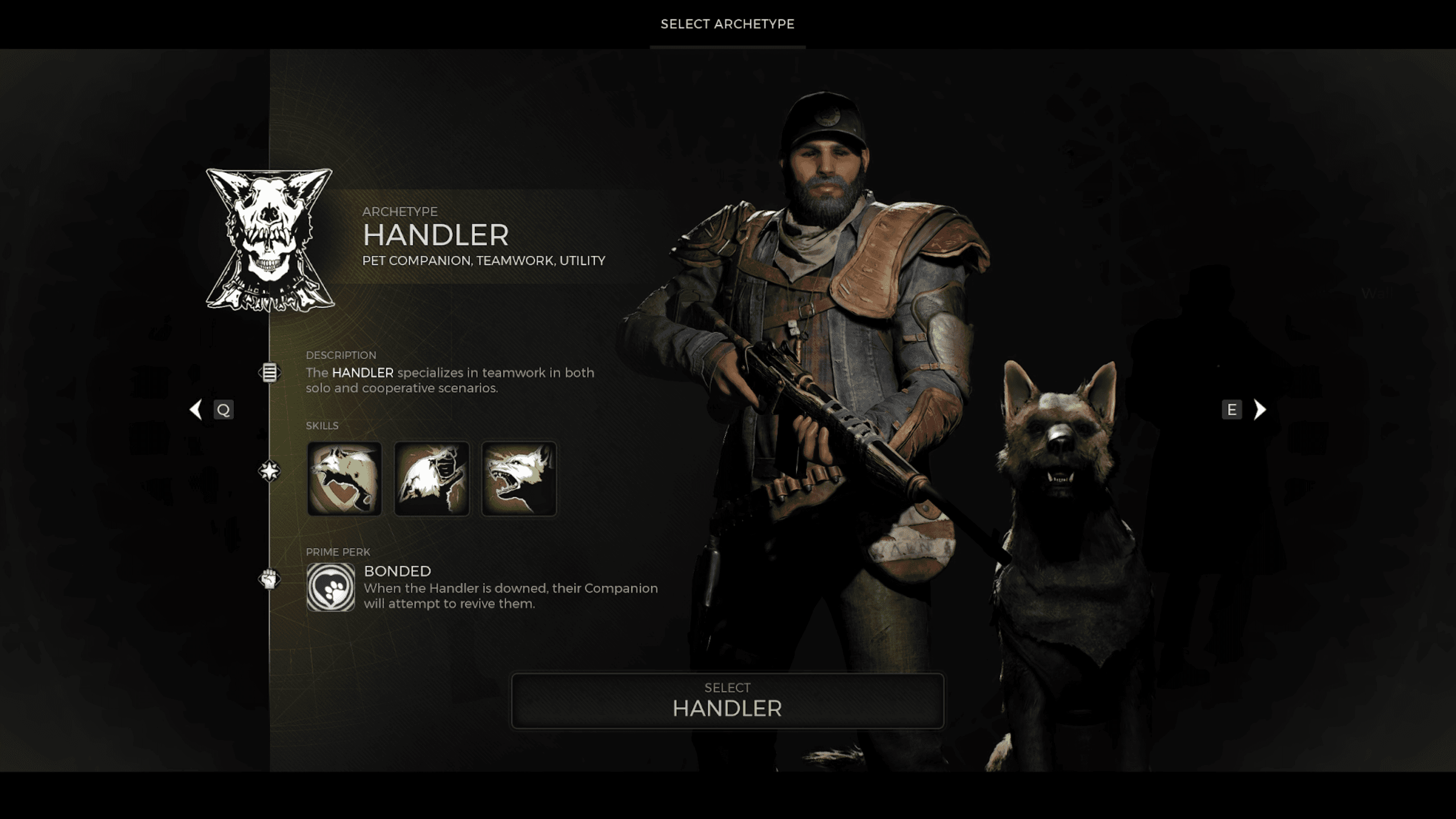
Challenger
- The Challenger is the first true frontline fighter that’s built around the idea of survivability and sustain. They come equipped with heavy armor and one of the coolest early game melee weapons
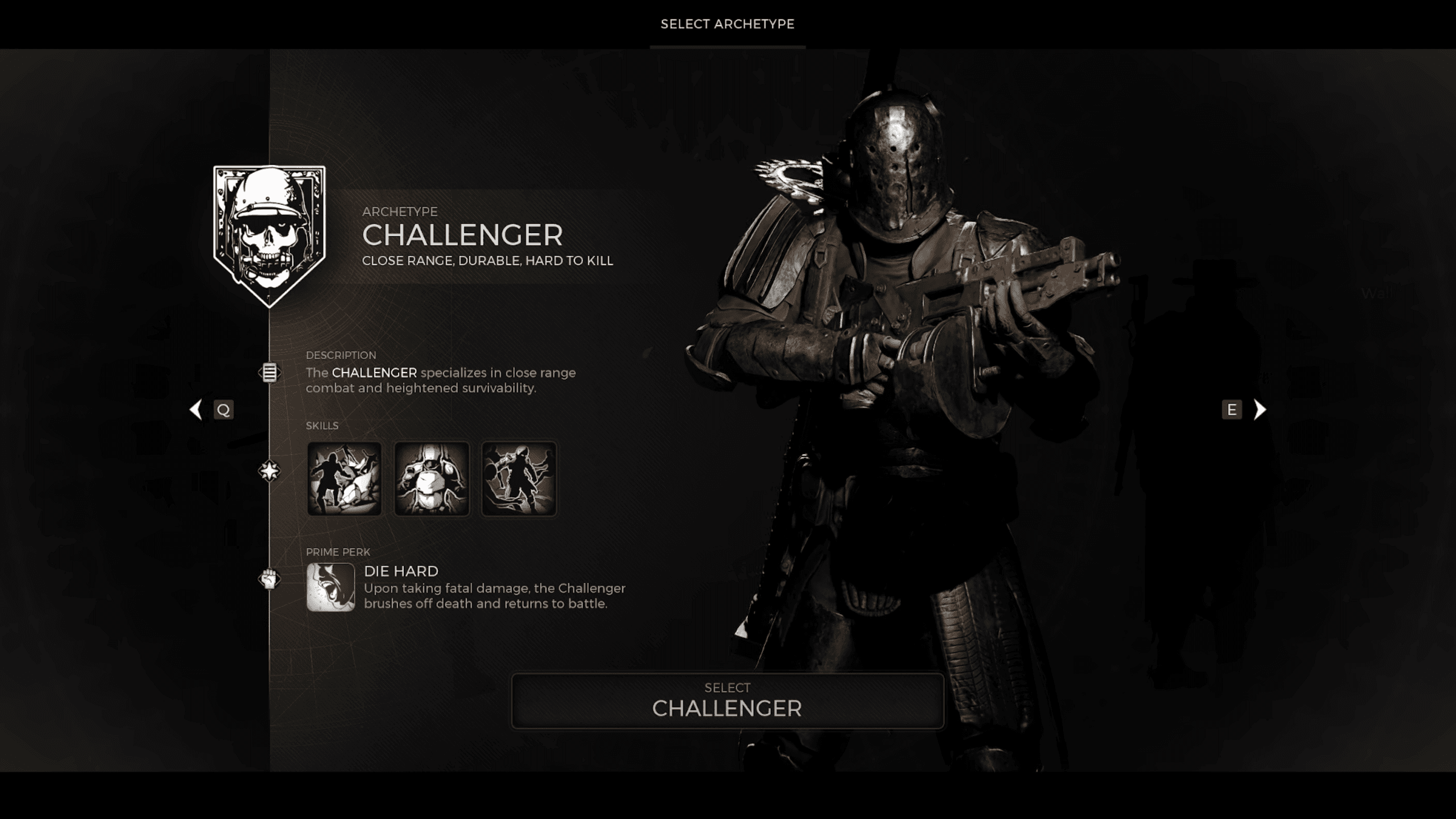
Medic
- Starting out with a light machine gun and the ability to heal on demand, The Medic combines the best of both worlds, firepower and survivability, and can hold its own solo, or in a group.
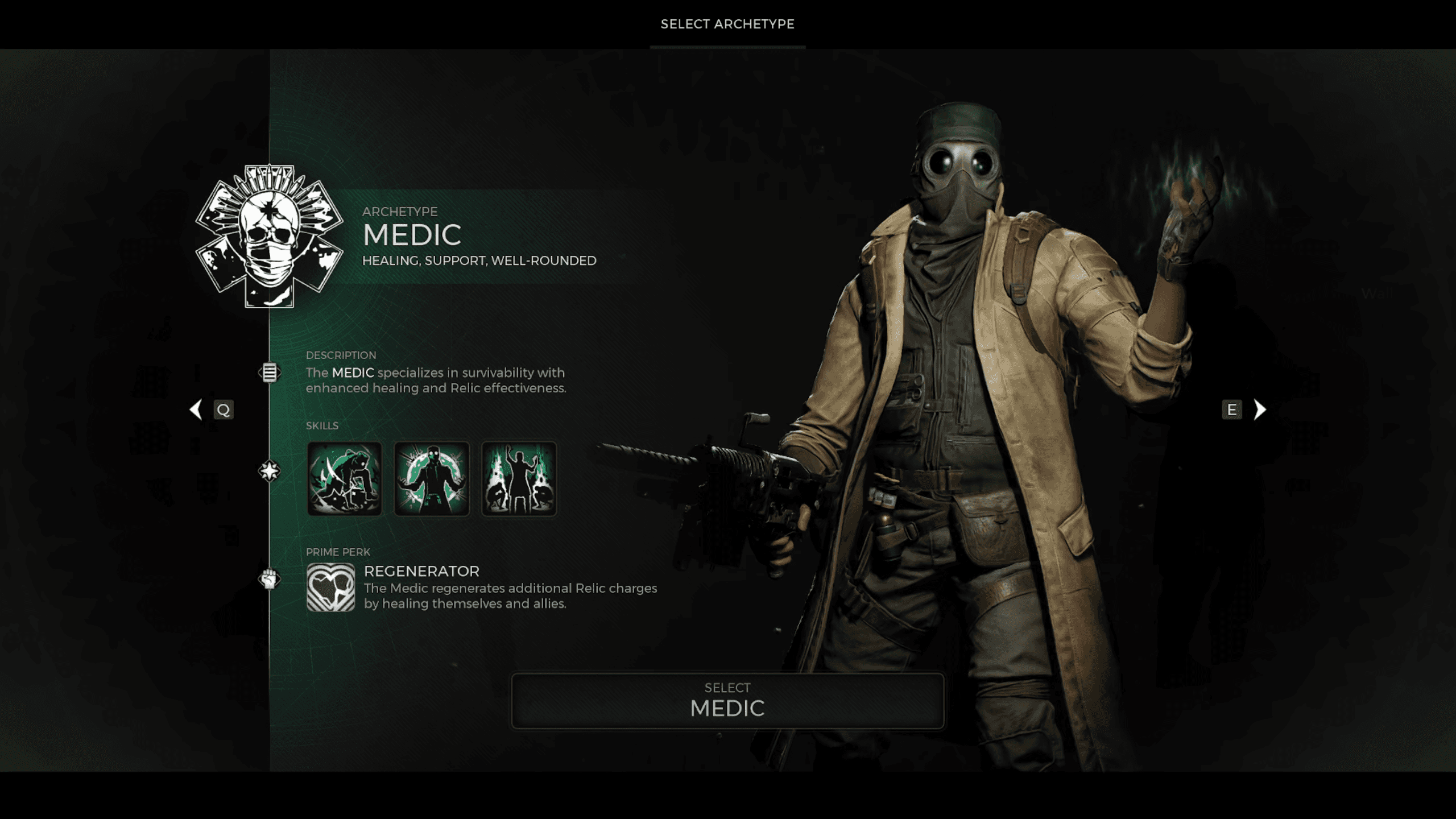
Gunslinger
- If you pre-ordered the game you’ll also have access to The Gunslinger as a starting option. This is your classic gun-touting, DPS-focused archetype that excels at dealing with multiple targets. He also has the added bonus of being able to generate additional ammo for your team. We’ll have a full video sharing how to unlock the Gunslinger the normal way, so keep your eyes peeled for that.
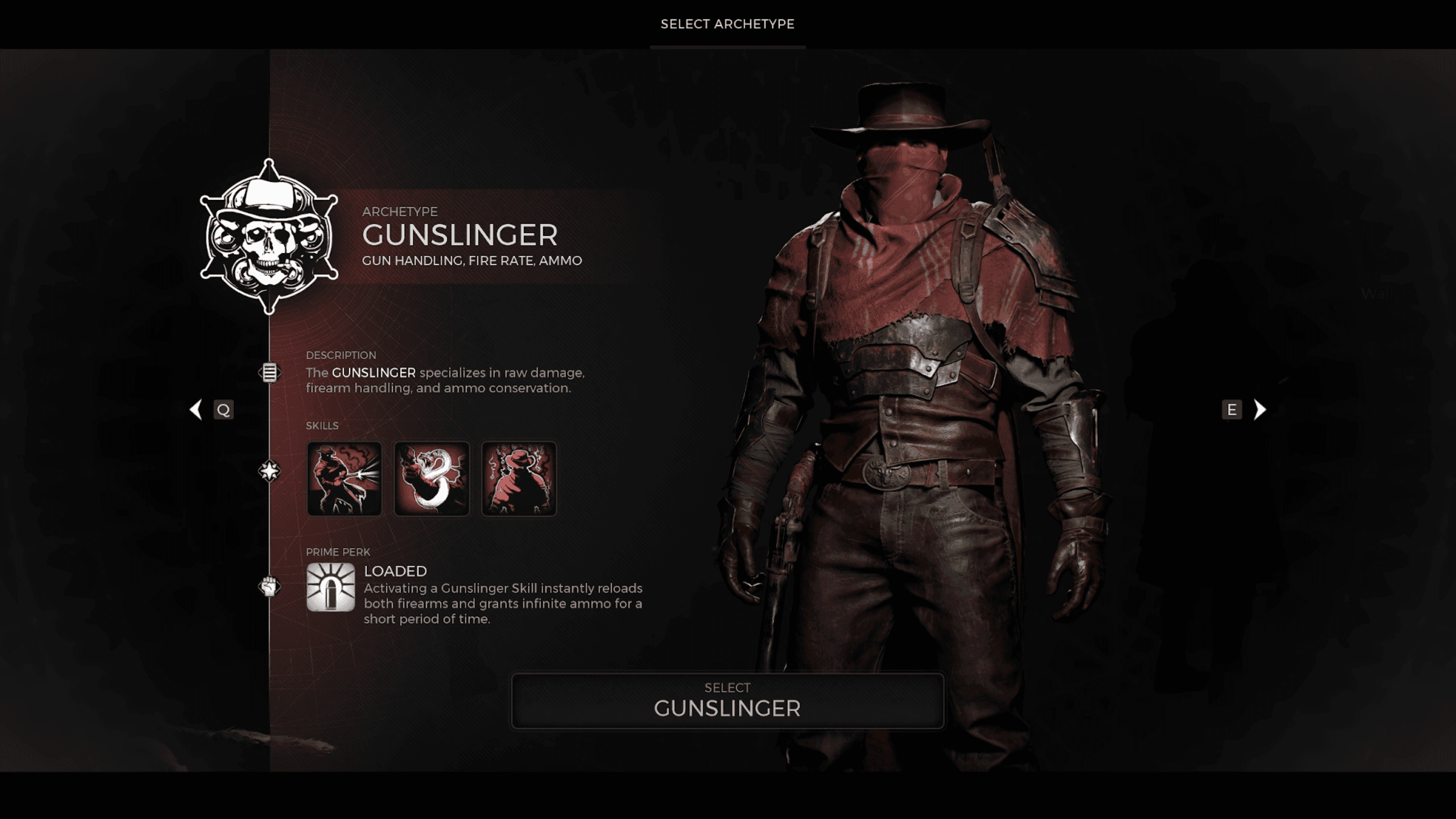
We also know of two additional archetypes in the game, but we’re not going to spoil those for you, since discovering them is part of the fun.
Archetypes come with their own unique trait, which provide a powerful passive buff to your character. This levels up alongside your normal progression and once it reaches level 10 it’s included in the general trait pool, allowing you to allocate points into it, regardless of what archetype item you have equipped.
You’ll also have an array of 3 powerful and unique skills. You can have 1 active at any time, per archetype equipped, and swap between them so long as you’re not in combat. These run the gamut of insanely powerful DPS abilities, team-saving heals, and even provide you with sustain to survive an onslaught of enemies.
There are also passive perks that provide you and your team with a number of benefits that align with the specific archetype identity, including a powerful prime perk which is the crown jewel of your class identity, enhancing your character with a powerful buff. For the most part you won’t think about actively using them, but you’ll definitely notice them.
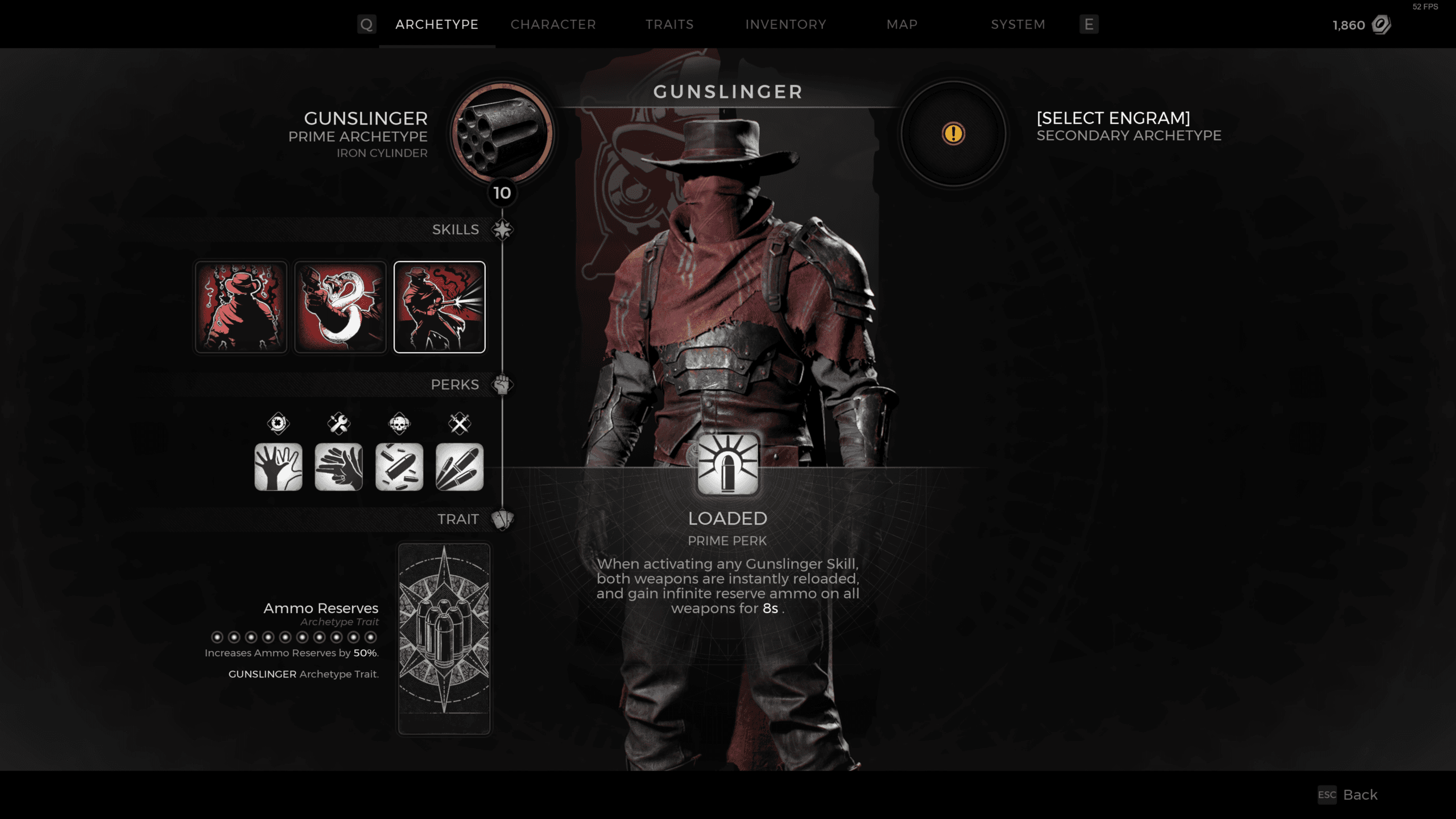
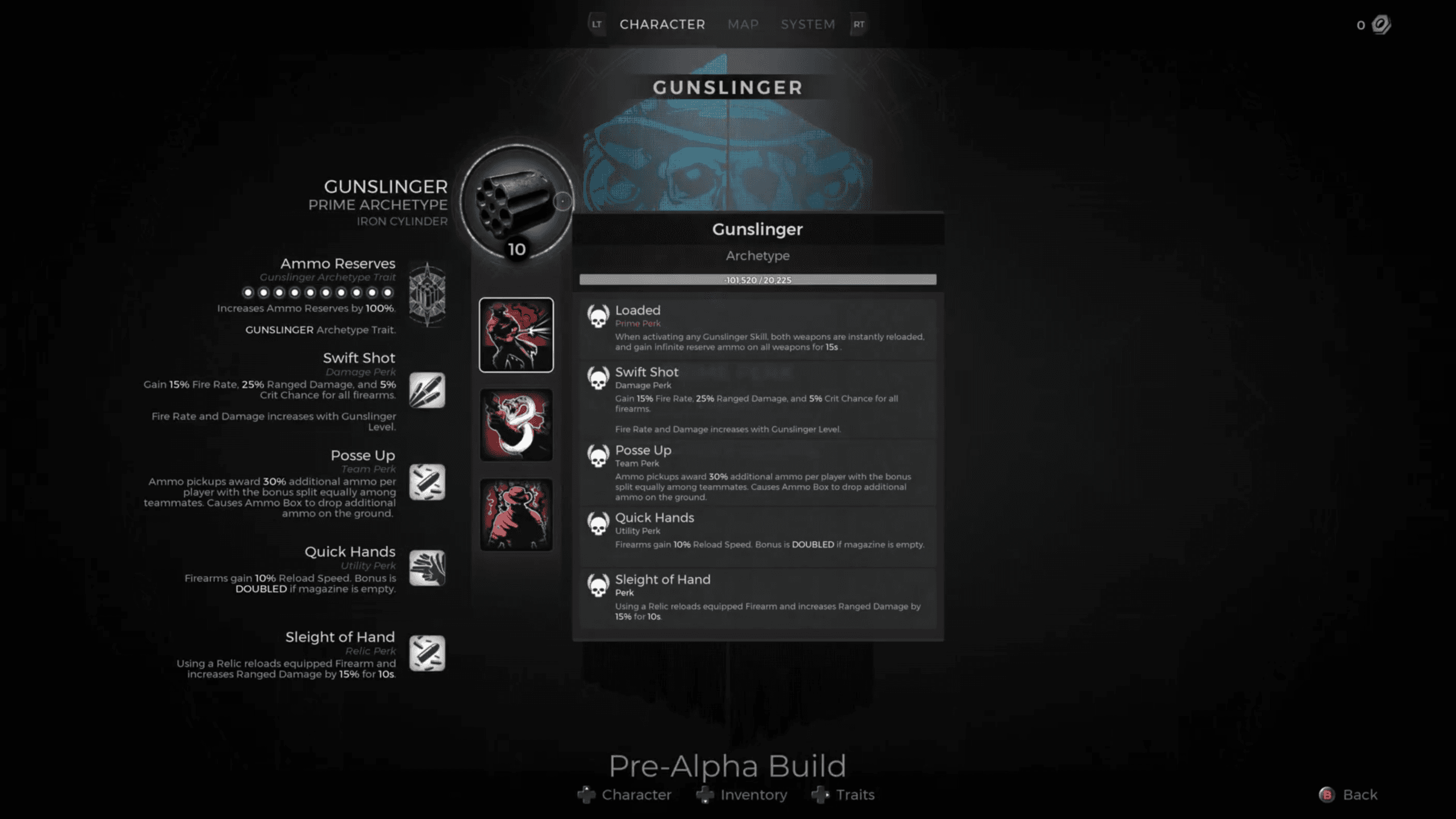
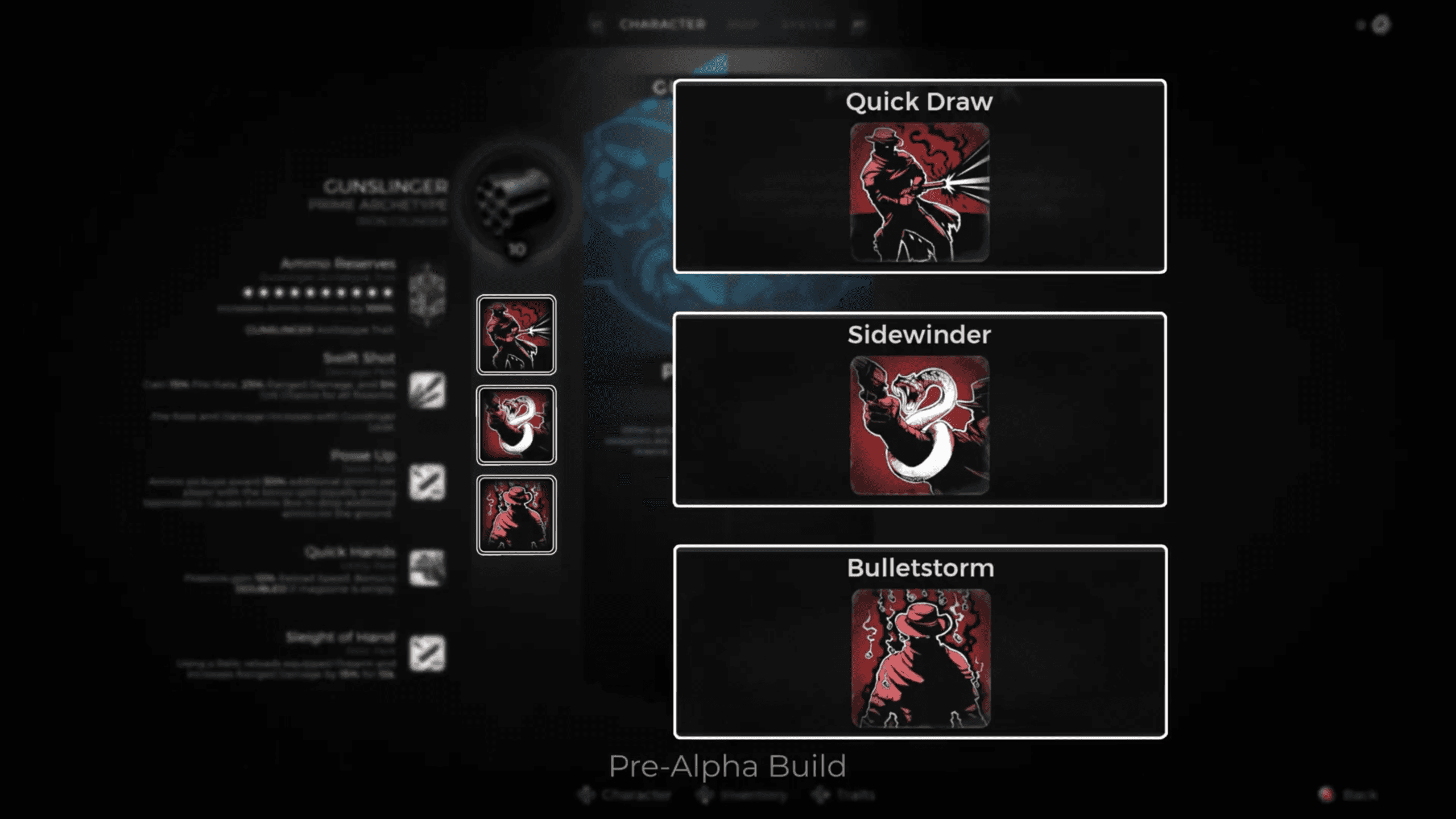
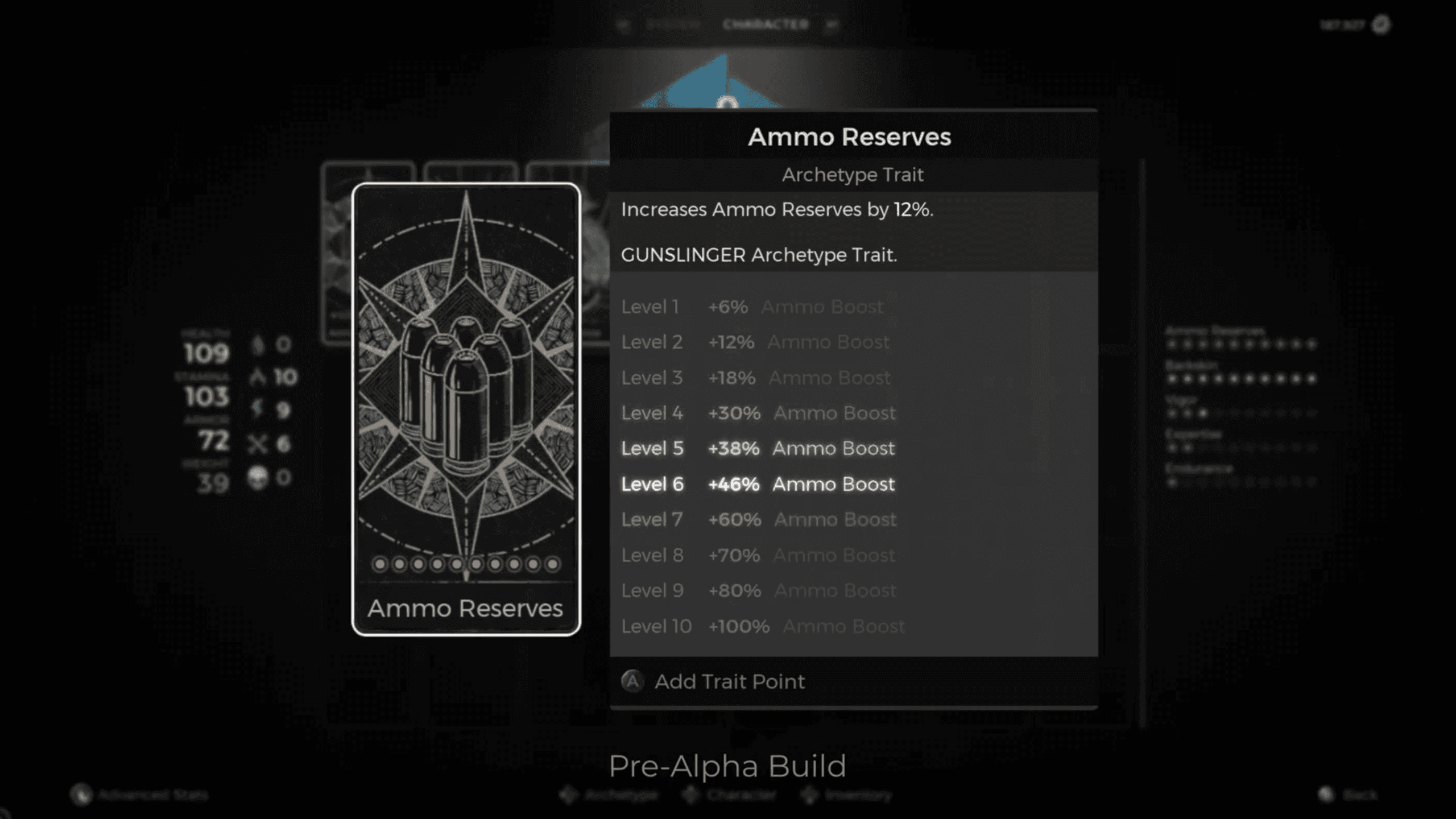
Archetypes have evolved significantly since the first game and the combination of traits, skills, and perks gives each class their own unique flair. When you consider that you can also combine two individual archetypes and create a dual-archetype, it creates a level of class flexibility that you don’t often see in games. If all of a sudden you want to tap into the Challengers powerful prime perk, you simply slot that archetype item and build around it. Likewise, if you’re getting bored of playing the Hunter and want to change it up, you can do that with relative ease, and that’s the beauty of the system.
World Design
So we understand the gameplay loop, we’ve picked an archetype, I guess the only thing to do is activate the world stone and see which world we end up in first. One of the unique things about the game is that your starting world is random. You could end up in the lush and deadly forests of Yaesha, or crawling around the sewers of the drab world of Losomn, it’s entirely up to chance.
At launch there are 5 worlds players will have access to.
Earth home to Ward 13 your base of operations
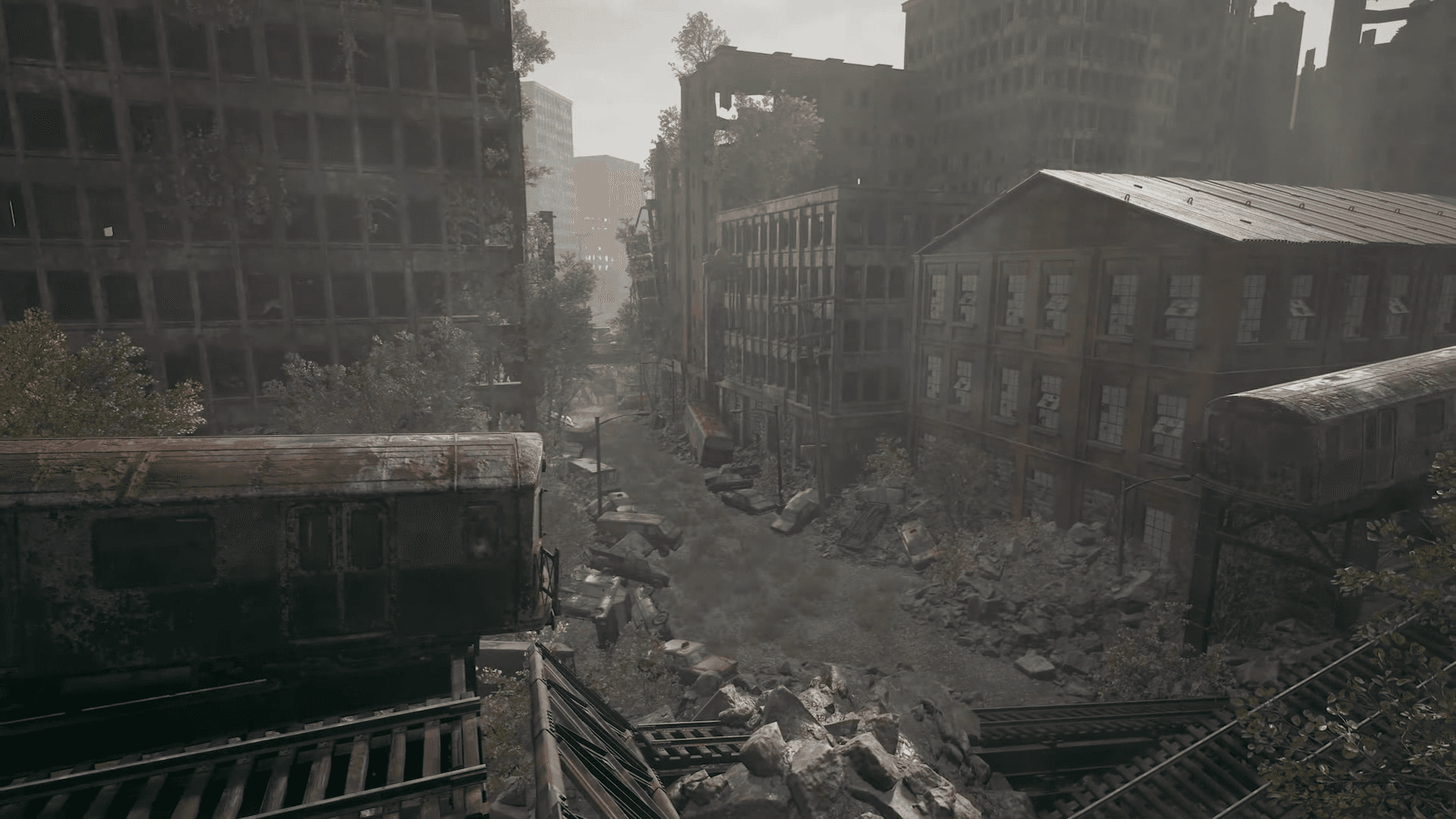
The Labyrinth the connecting thread between realities
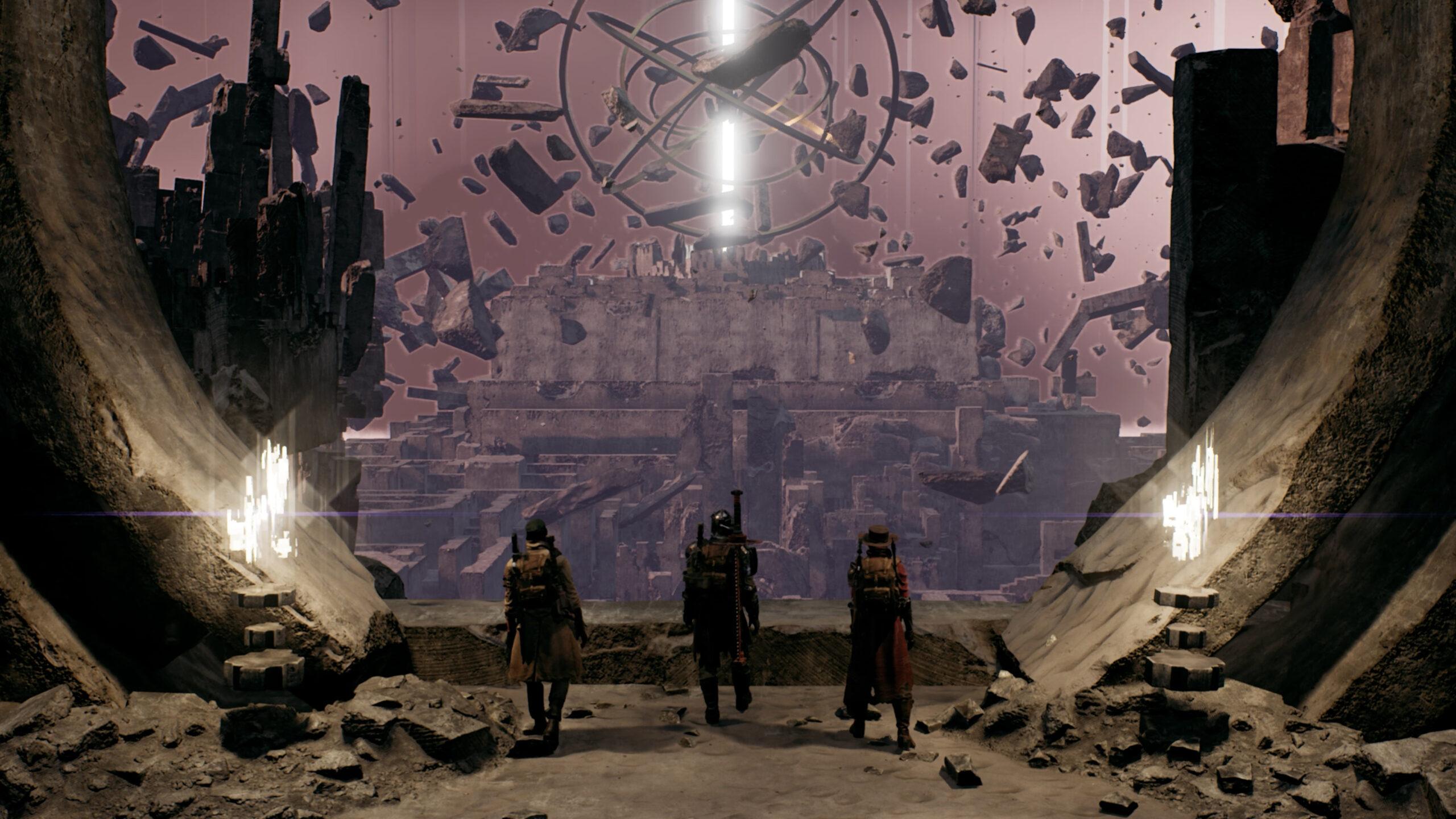
Losomn, which is split into two sides, The Fae side, ornate and filled with deadly splendor, and the Dran side a dark and dreary world clearly inspired by games like Bloodborne
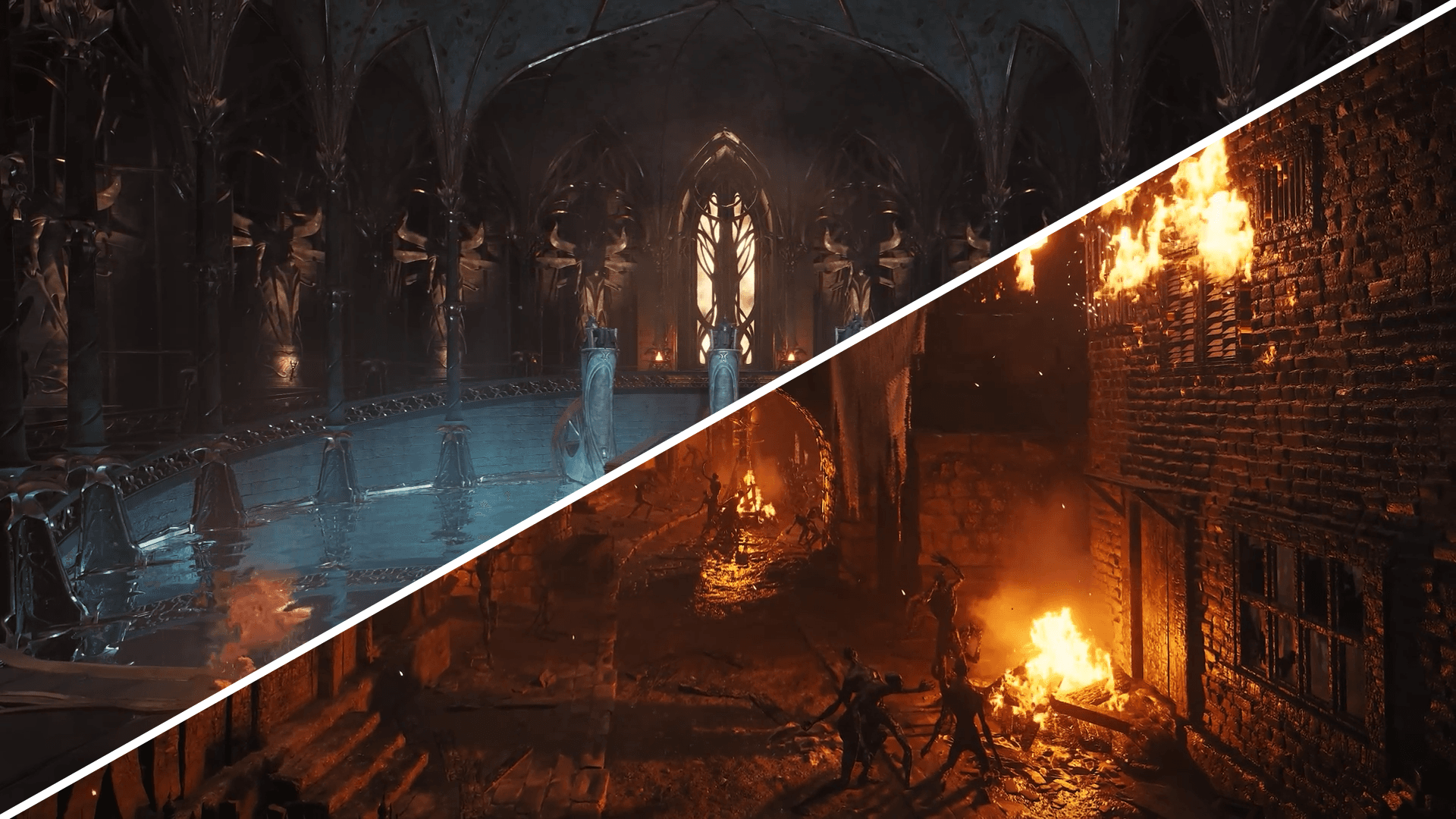
N’Erud an alien world filled with deadly technology and creepy bugs
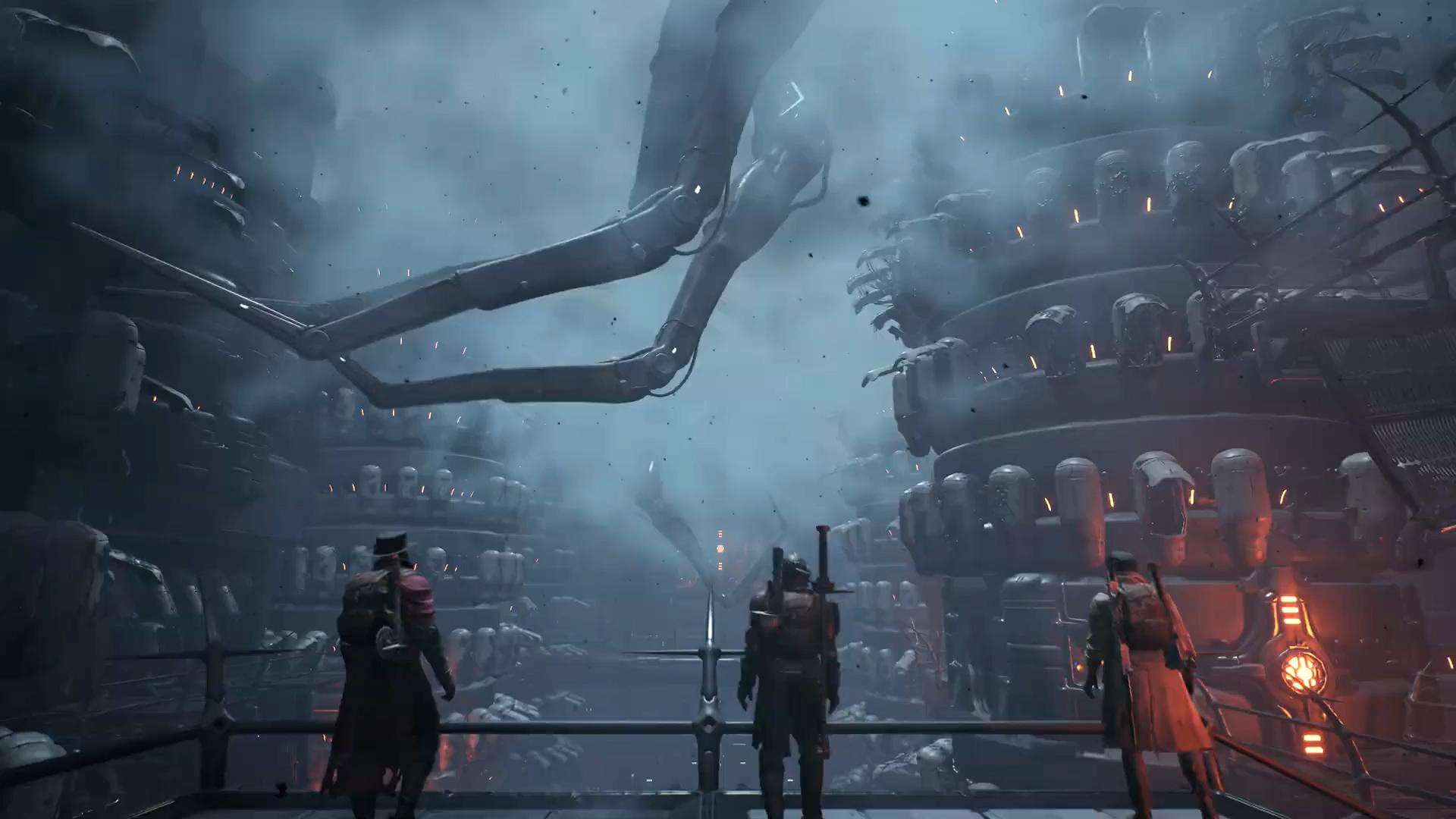
There is one final world you’ll encounter, but we’ll leave that for you to discover. Especially as it’s tied to the main story.
What I think is important about each of these worlds is that they feel unique. That was the case with Remnant: from the Ashes, but from a design perspective the team really kicked things into high gear. What I personally found most impressive was how much the team managed to pack into each space, and I’m talking about the little things and the big things. Within each world there’s also plenty of variety, and that’s important because if they used the same technique across every tileset the experience would lose that special something that makes moving from zone to zone, unique.
Everything has been amplified in Remnant 2 and it’s most notable in the scale and scope of each tileset. Everything is bigger, and more fully realized. You could be moving through a cramped back alley on Losomn, exploring a crumbling temple on Yaesha, or exposed on the desolate surface of N’Erud.
The team uses some clever procedural generation to ensure that no two experiences on any one tileset are ever the same and while your world and my world may have the same named map that doesn’t mean it will lay out the same way. If you hear the word procedural generation and immediately think of lifeless and unoriginal, don’t panic because woven into the tapestry are hand-crafted set pieces that anchor the experience.
Think of it this way. You’re on a map and that map is always going to have one specific handcrafted element, but everything else around that element, including the lead up is procedurally generated. That’s a pretty smart technique, one I don’t think I’ve seen used before in a game like this. It helps alleviate some of the concerns of repetitive layouts from the first game, while still injecting the right tailor-made content meant to enhance the player’s experience.
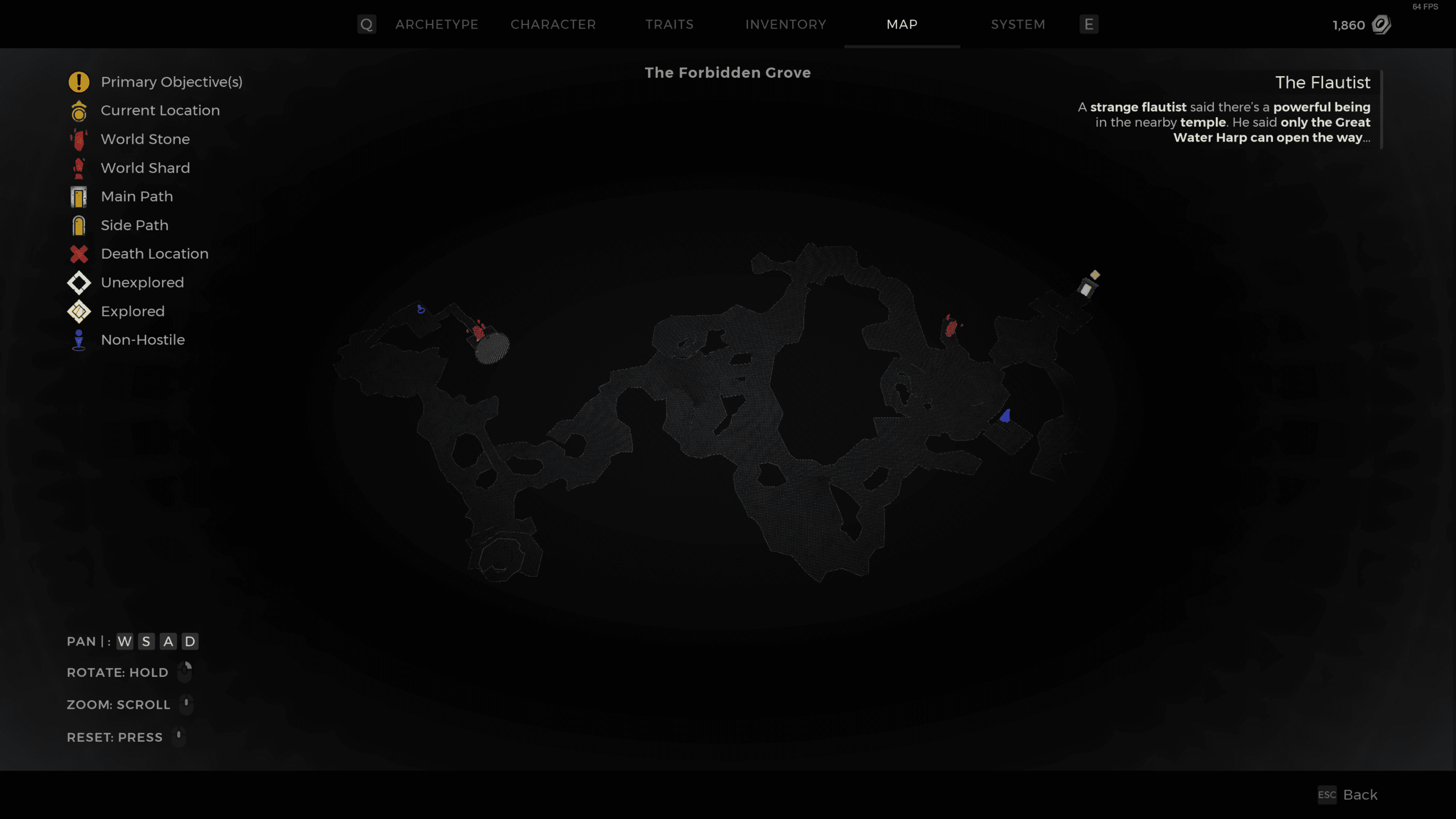
Sprinkled throughout each of the worlds is also a myriad of puzzles, and we’re talking next-level, brain twisters that will test your wits and reward you with incredible prizes. I don’t want to reveal too much, but let’s just say the team isn’t afraid to sneak in an invisible wall or rely on lore books to provide important clues to solving some of the game’s biggest mysteries.
Truthfully the worlds won all of us over. They’re dense, and rich with interesting things to see and interact with. Stumbling upon a secret feels special, and solving that riddle is equally rewarding. While I think a fair number of people will focus on the progression and combat when judging the game, I think the worlds play just as big, if not a bigger part in shaping the entire Remnant 2 experience. Those not taking the time to explore will miss out on a significant aspect of this game.
Progression
There’s a lot shaping the gameplay experience with Remnant 2, but none are more consequential than your character’s progression. The character you create will be with you for dozens if not hundreds of hours and it was clear nailing the way players level up, acquire gear, and build their character was a central tenant for the developers.
Your progression is mostly tied to items, and the team has expanded what a character can equip to include:
- A long gun
- A hand gun
- A melee weapon
- 4 pieces of armor
- 4 rings
- 1 necklace
- 1 relic
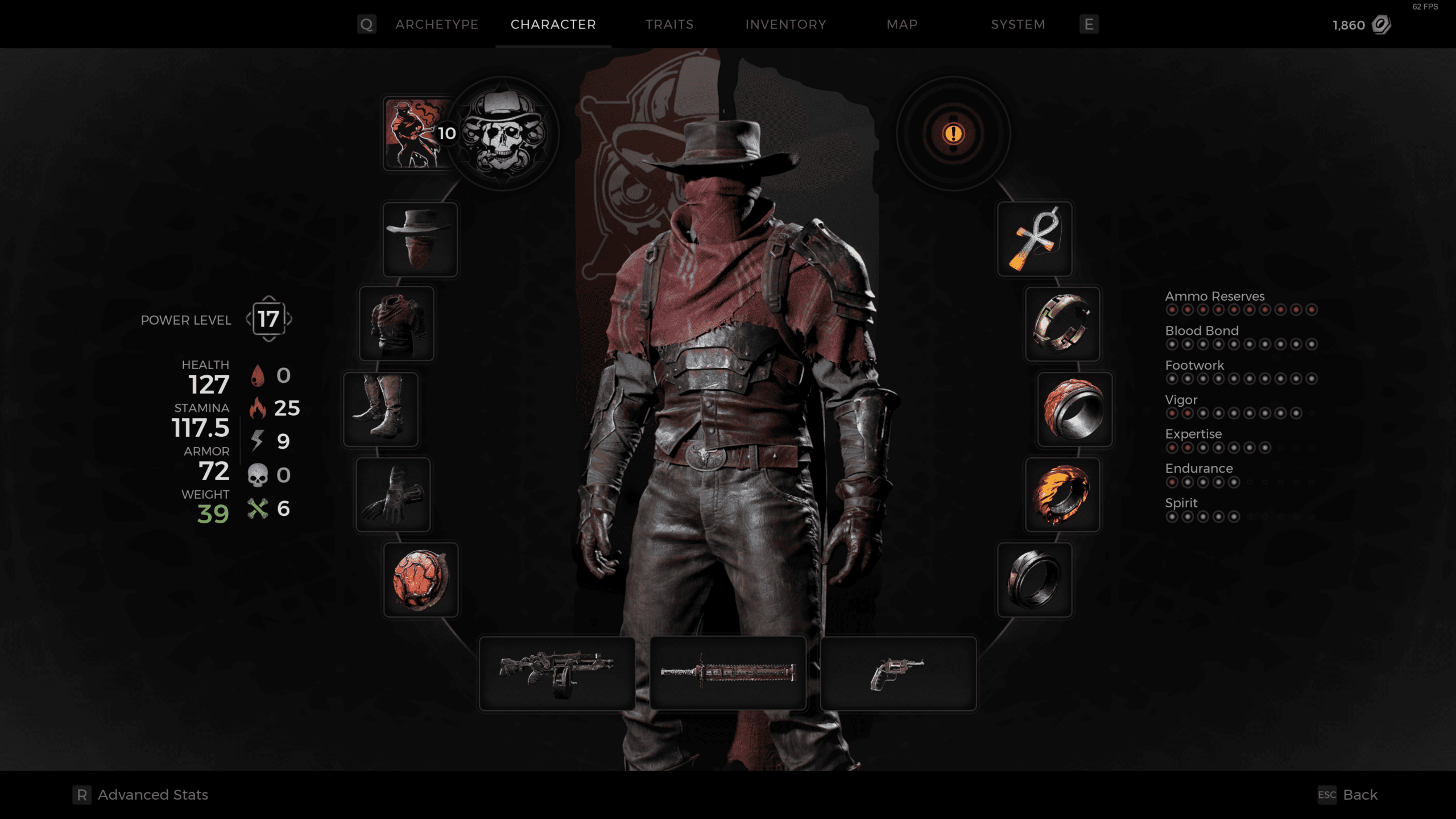
Most weapons can slot one or both of the following:
- A mutator which adds a significant effect to your weapon, think of them as customizable and upgradable set bonuses, often changing your gameplay experience with that weapon. To unlock mutators players will have to defeat powerful Abberations which are special elites placed strategically on certain maps. They’re no joke, but their rewards provide insanely powerful bonuses to your gear and, to sweet the deal, they can even be upgraded to increase their potency.
- You can also slot mod powers, which are essentially abilities tied specifically to the gun it’s equipped on. This is where Gunfire’s creativity really takes over because some of the things you can do with these mods are really wild. I don’t want to show off too many of them in this review, because they’re fun to discover on your own, just know that they’re a powerful ‘X’ factor when it comes to your build. It’s also worth pointing out that some mods can’t be removed from specific weapons because of their unique interaction.
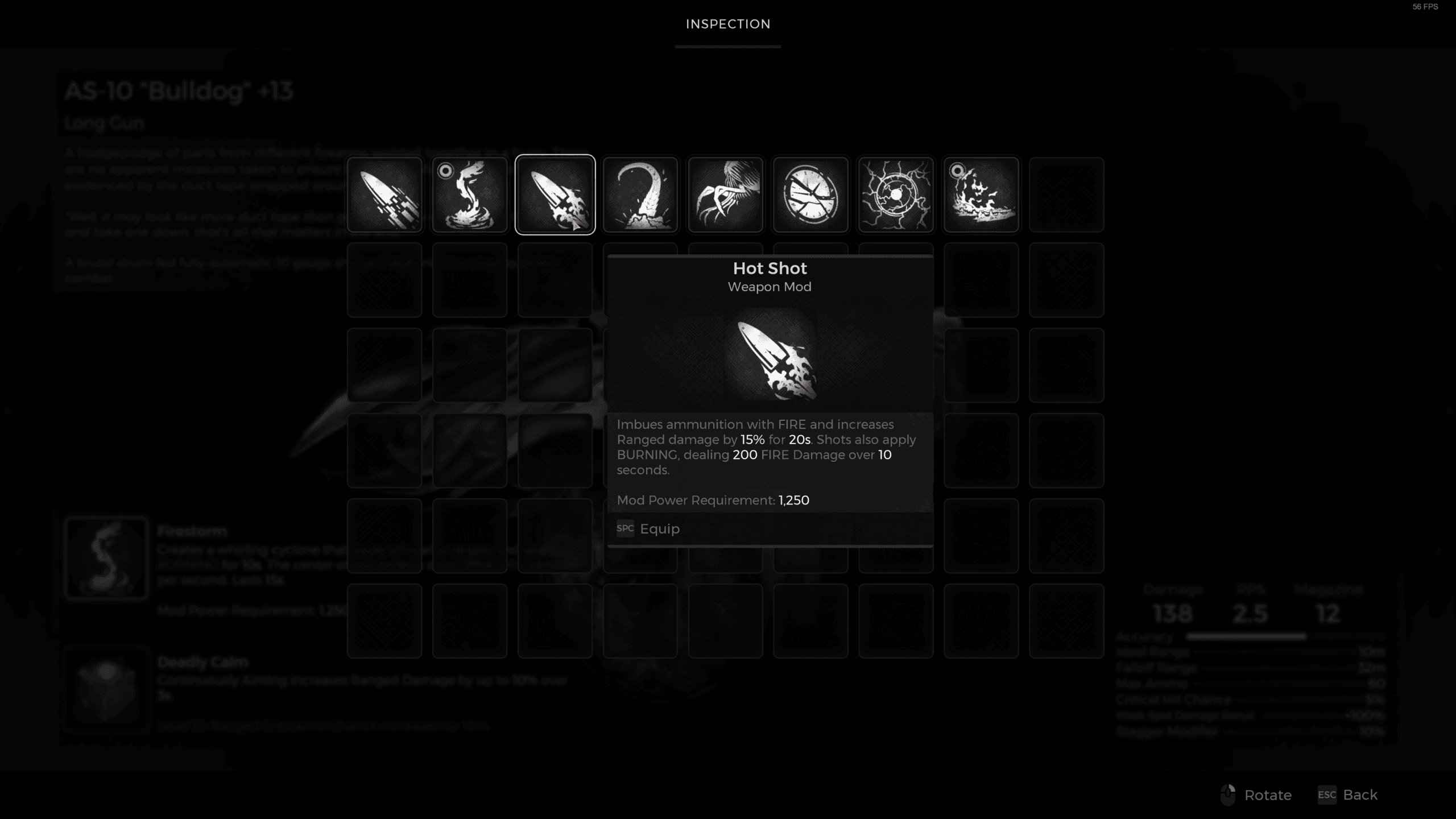
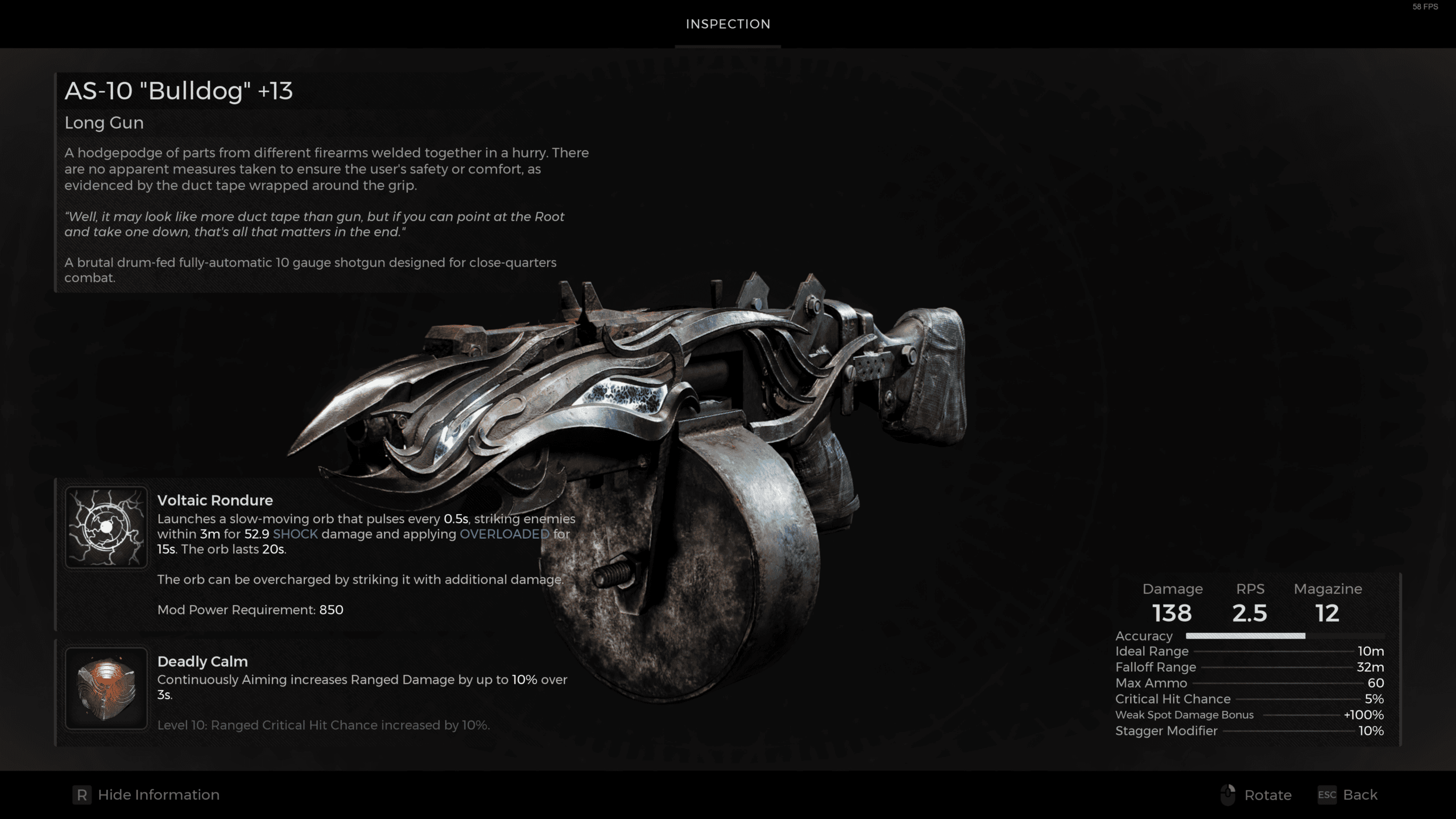
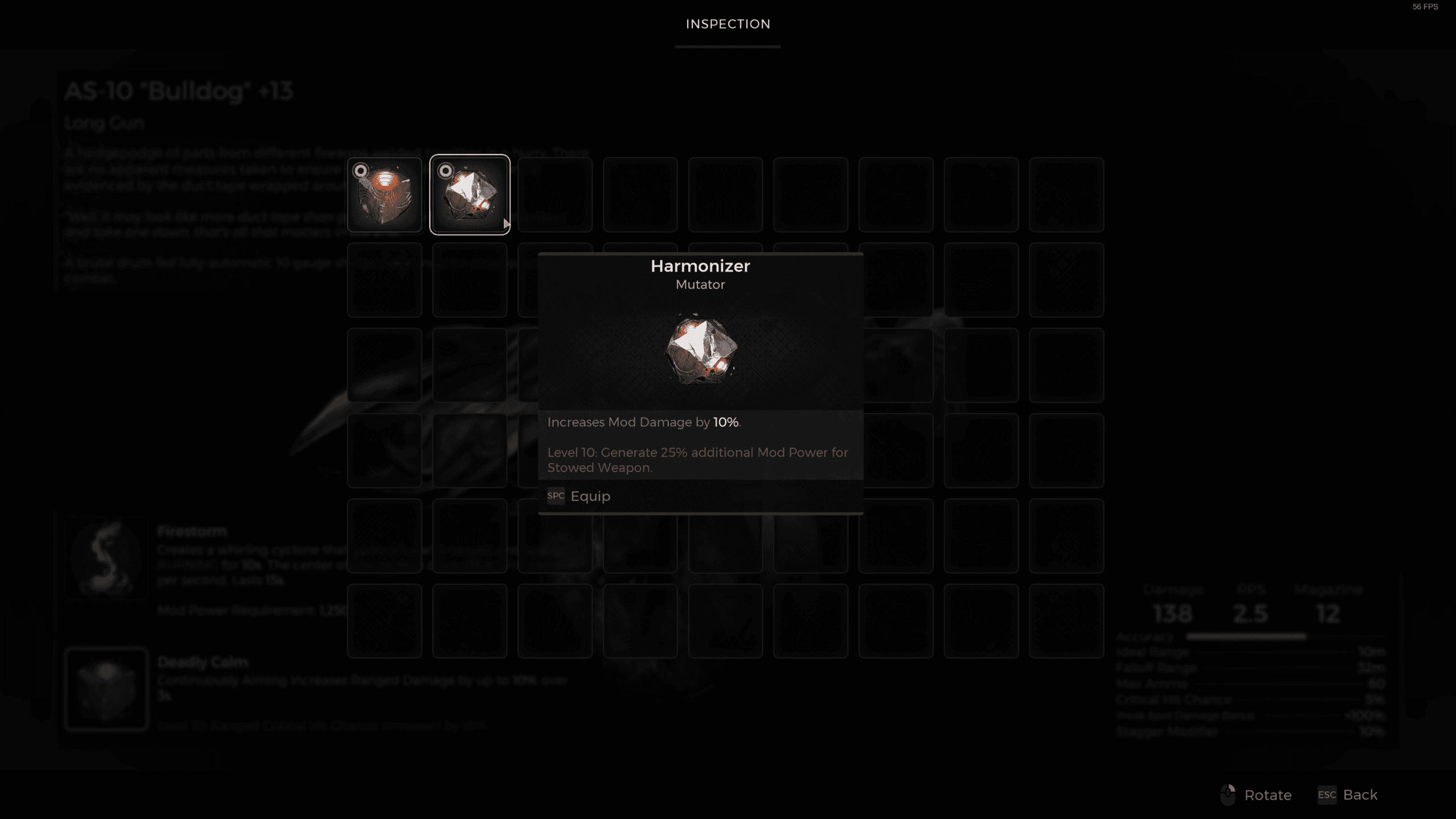
Your starting archetype will dictate your armor and starting weapons, but soon, and I mean very soon after playing the game, your bags will be filled with all sorts of items to test out. Rings and amulets can often be found just by exploring each tileset. Sometimes they’re slightly out of sight which is why using the newly introduced map is so important, because it clearly shows where you’ve been, and what’s still left to discover. With 5 pieces of jewelry to take advantage of this is where a bulk of your buffs will come from. There are plenty of straightforward pieces of gear that increase something like your experience gain or even overall damage, but there are also items that buff your character in unexpected ways. The name of the game is exploration and experimentation and you’ll find that to be a theme throughout.
Some items though are a bit more special. Every time you kill a boss in Remnant 2 you’re rewarded with a crafting item. If you take that item back to Ward 13 you can use it to create a unique item, either a weapon or mod power, depending on the boss item you pick up. Every boss rewards something different, but the resulting item is usually tied somehow to an aspect of that boss, such as a mod power that replicates a boss’s signature ability. World Bosses also have multiple ways to kill them, and as such, have different rewards based on how you dispatch with them. Again, more replay value.
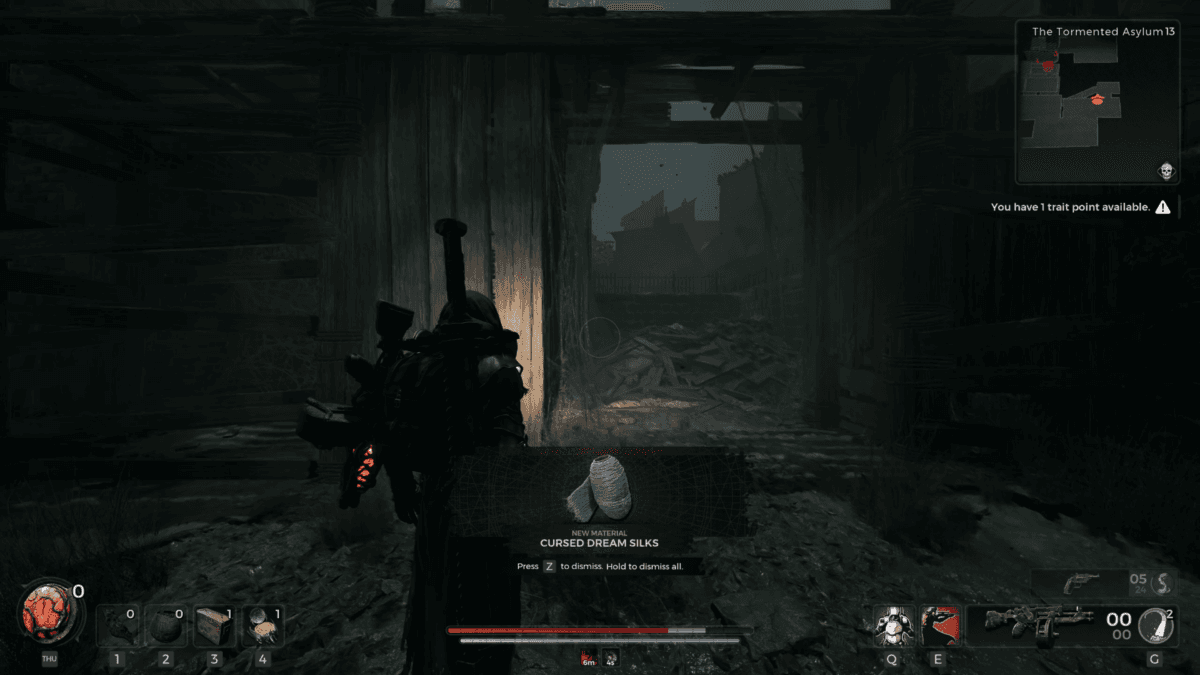
It was the same way in Remnant 1 and continues to be a really compelling carrot on a stick. You never know what you’re going to get so that brief period of mystery between defeating a boss and turning in an item creates just enough time for anticipation to reach critical mass.
The rewards aren’t cookie cutter either. The team made a reputation for themselves in Remnant 1, creating some really unique weapons, and they’ve managed to hit that mark once again.
Gearing also includes all-important Relics, which have undergone a transformation of their own. In Remnant 1 there was a single option, the Dragonheart, and it was your primary way to heal during combat. Now there are more to choose from, and they each have their own unique effects. Some heal, others heal over time, others still provide a massive overshield. It’s slight variations on the theme that provide more flexibility based on your playstyle and build strategy.
Finally, we can’t forget about Armor which, I’ll admit doesn’t play nearly as big a role in Remnant 2, but, for the right reasons. Defense and resistances are all they bring to the table, but both are important aspects of your character’s loadout. Depending on the armor you wear you’ll also have to deal with any adverse effects of its weight. Light armor provides less protection but takes less of a toll on your dodging and stamina, whereas heavy armor does the opposite. Creating armor this way was a direct result of armor sets limiting build potential in the first game, and I’ll be honest, it’s great to unlock a new set of armor and not have to worry as much if you’re going to mess up your build. There are a lot of cool sets to discover in the game. I think our whole team is pretty excited that the developers are taking players’ desire to “look cool” seriously.
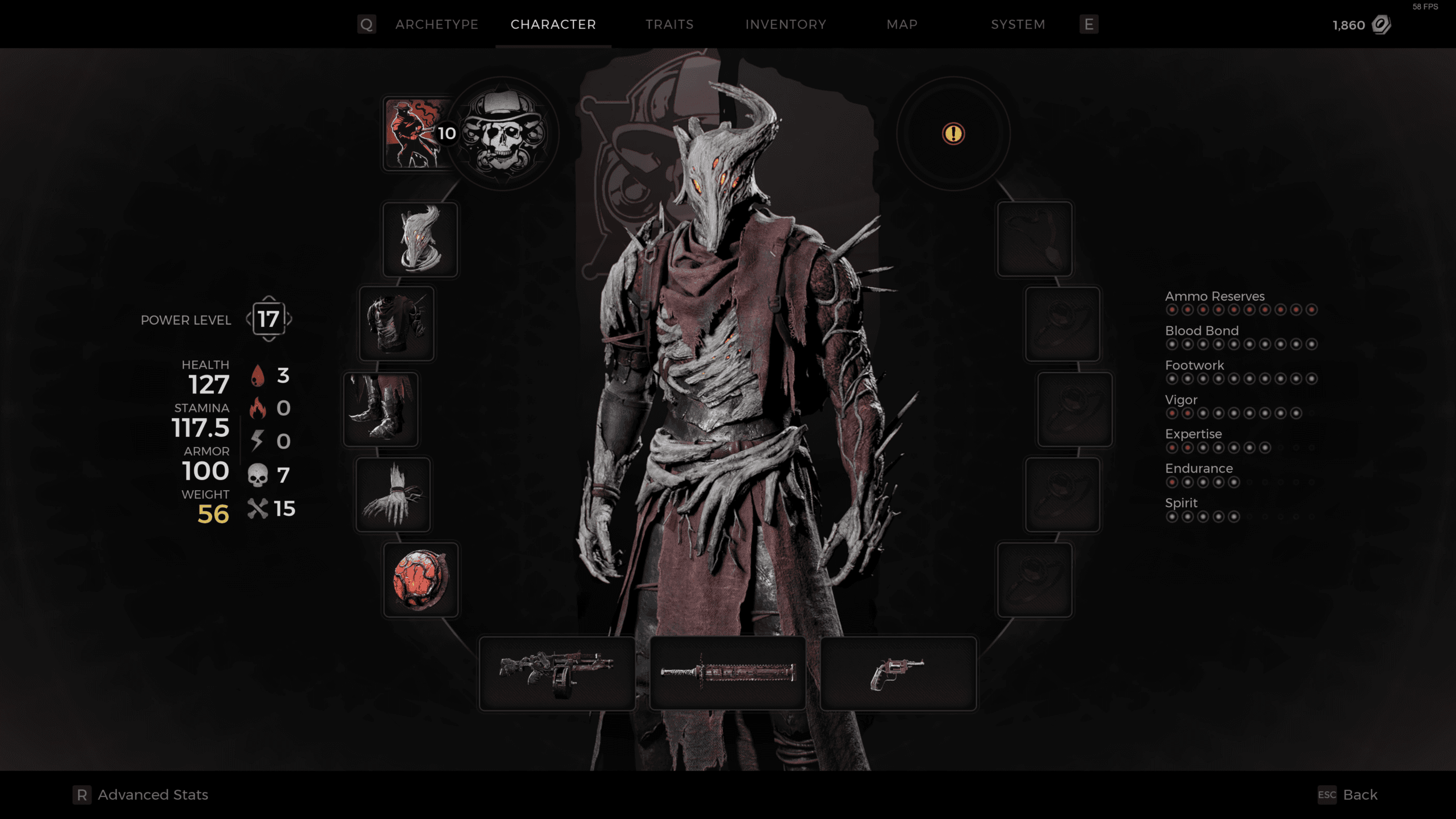
We also can’t forget about Traits. We touched on them a bit during the Archetype part of the video, but as you discover trait books throughout the world you’ll place points in various traits that enhance aspects of your character. You start with a small selection of choices, but as you complete quests in the world you’ll unlock a bigger variety. Unlike the first game you won’t receive an endless amount of trait points, capping out around 85 or so, but you can respec for some scrap, which means you’re never truly locked in to your decisions. These traits are far more potent than in Remnant: From the Ashes, with those 85 points equating to well over 200 or so from the first game.
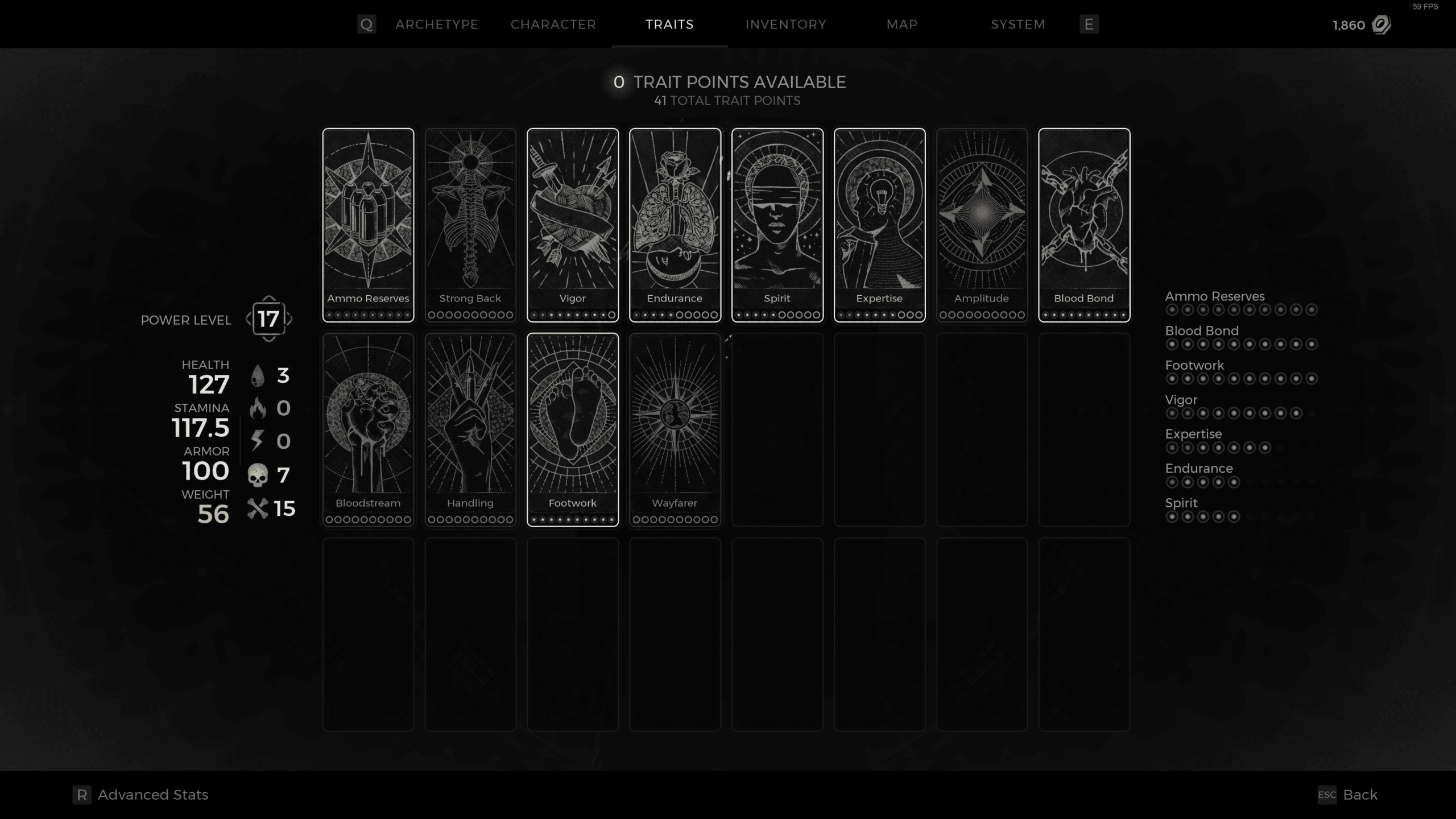
If this all feels a bit overwhelming, I get it, and if we didn’t have so much time with the game, I would say we feel the exact same way, but trust me when I say the flexibility to create a really cool character is one of the pillars that makes Remnant 2 what it is. The key is to not get comfortable with what you know, and to experiment with all of the different items that you receive because inevitably a combination you try out might be more potent than you think.
From the weapon variety, to the incredible mod powers you can tap into, to the overwhelming amount of loot you can obtain, I can, without a doubt, say the Remnant 2’s progression is some of the most well thought out and satisfying in any game I’ve ever played.
Combat
The gear will come, with time, but the only way to really acquire your treasure trove is to fight like hell to claim it as your own. There’s no denying it, a lot of people thought the first game’s combat was a little clunky, but the good news is, Remnant 2’s action is silky smooth and from the moment you pick up your first gun, to the moment of sheer panic as you’re trying to avoid a barrage of boss abilities the action is top tier.
When Remnant 2’s combat is at its absolute best is when you’re playing into all of the tropes, using your weapons, shooting off mod powers, and activating skills to bring your enemies to heel. The chaos is part of the fun, and that’s where the game’s roots as a shooter are apparent. The action is just paced more quickly and there’s a learning curve as your brain adjusts for the difficulty of a souls-like experience, but the tempo of a gun-based game.
One large question mark going into Remnant 2 was around melee combat. The team promised a more meaningful system this time around, even going so far as to say players could build their characters around melee weapons, and they delivered. Some of the melee weapons you discover, especially the secret ones, are insanely cool and often have their own unique mod power that gives them their own identity. Do guns still sit squarely in the driver’s seat, absolutely, but you don’t have to be a top 1% player to embrace a melee play style unlike the first game. There are tons of options and the team’s commitment to expanding the set of melee animations and ensuring each swing feels impactful is apparent.
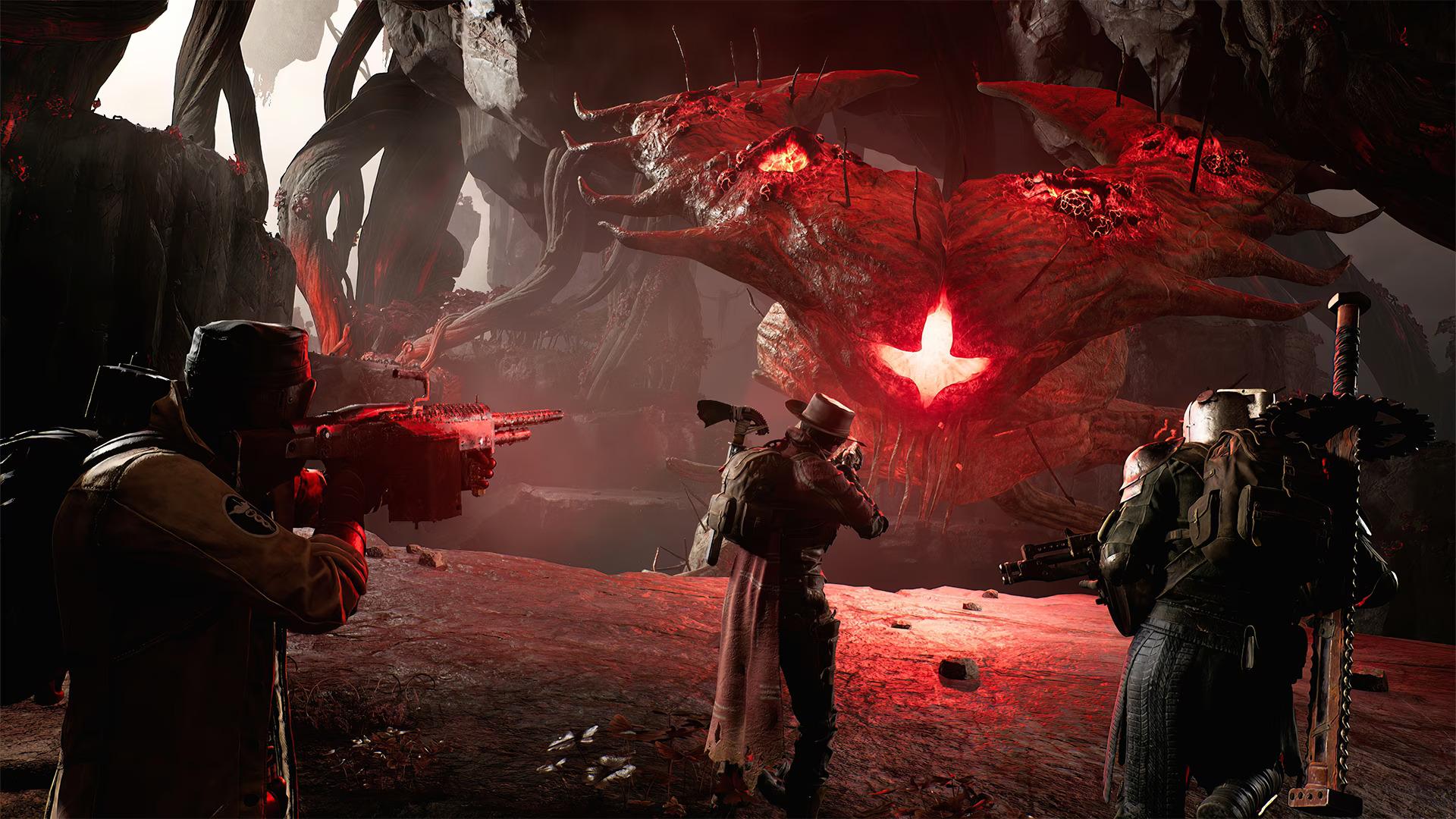
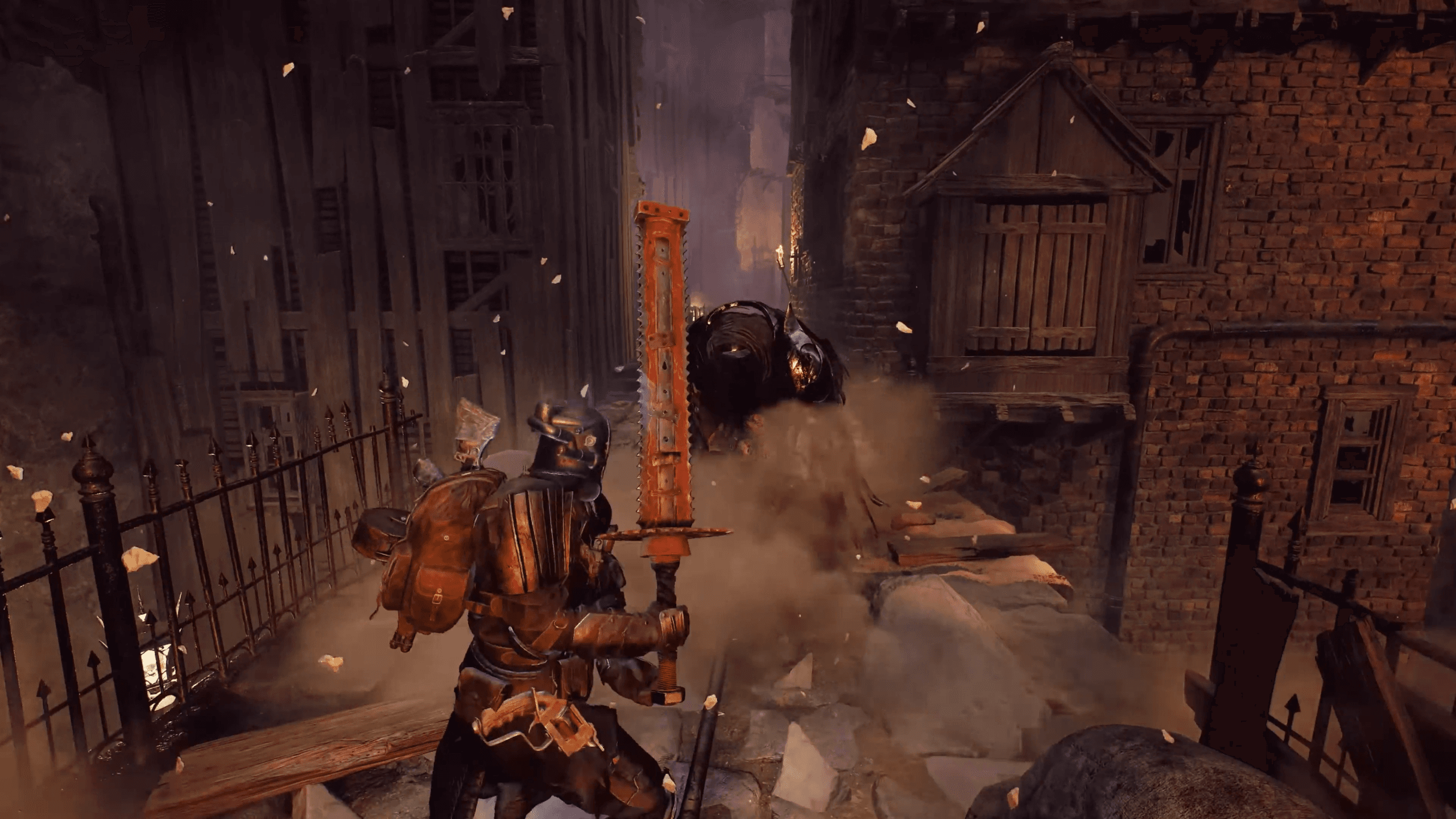
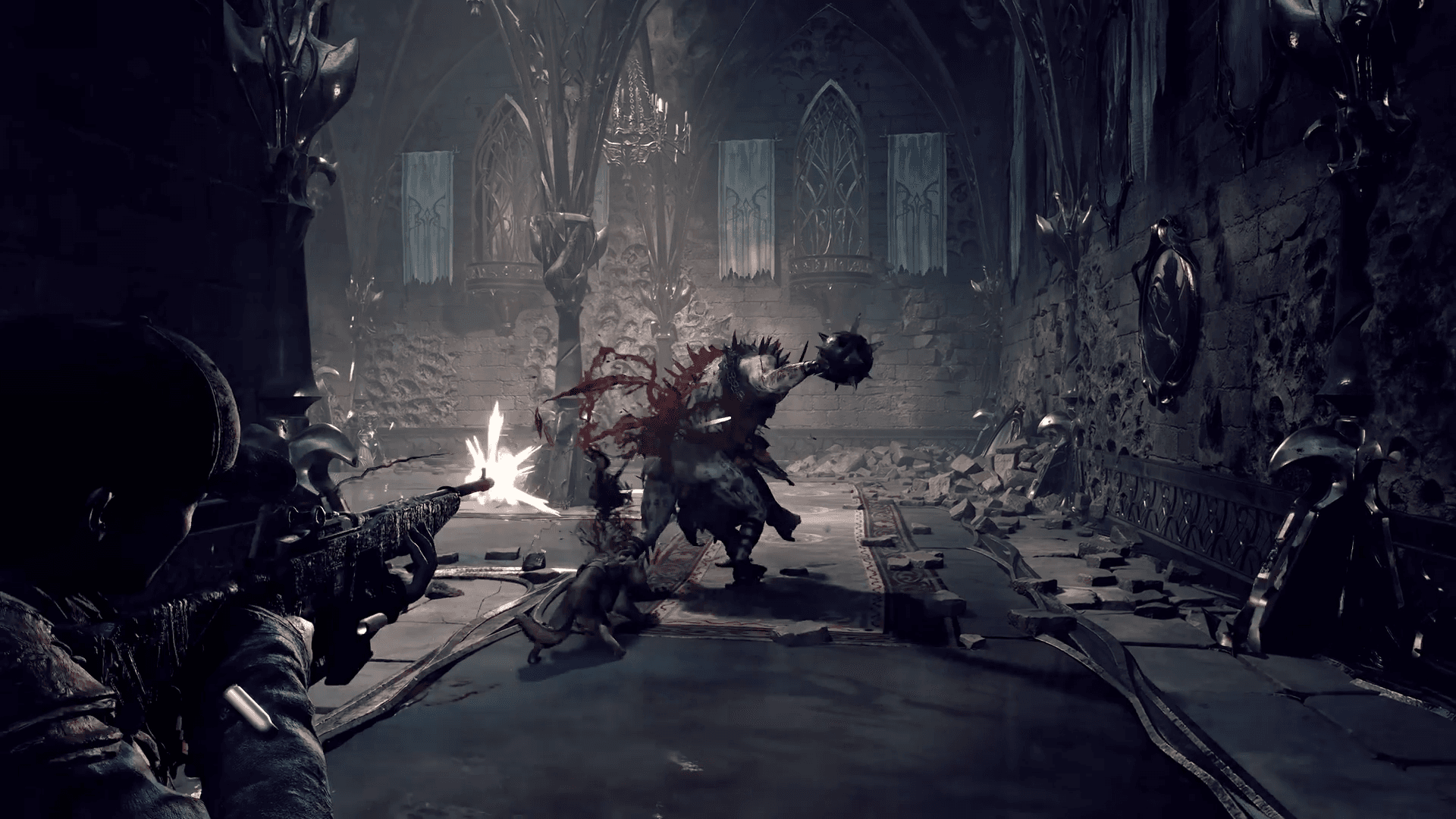
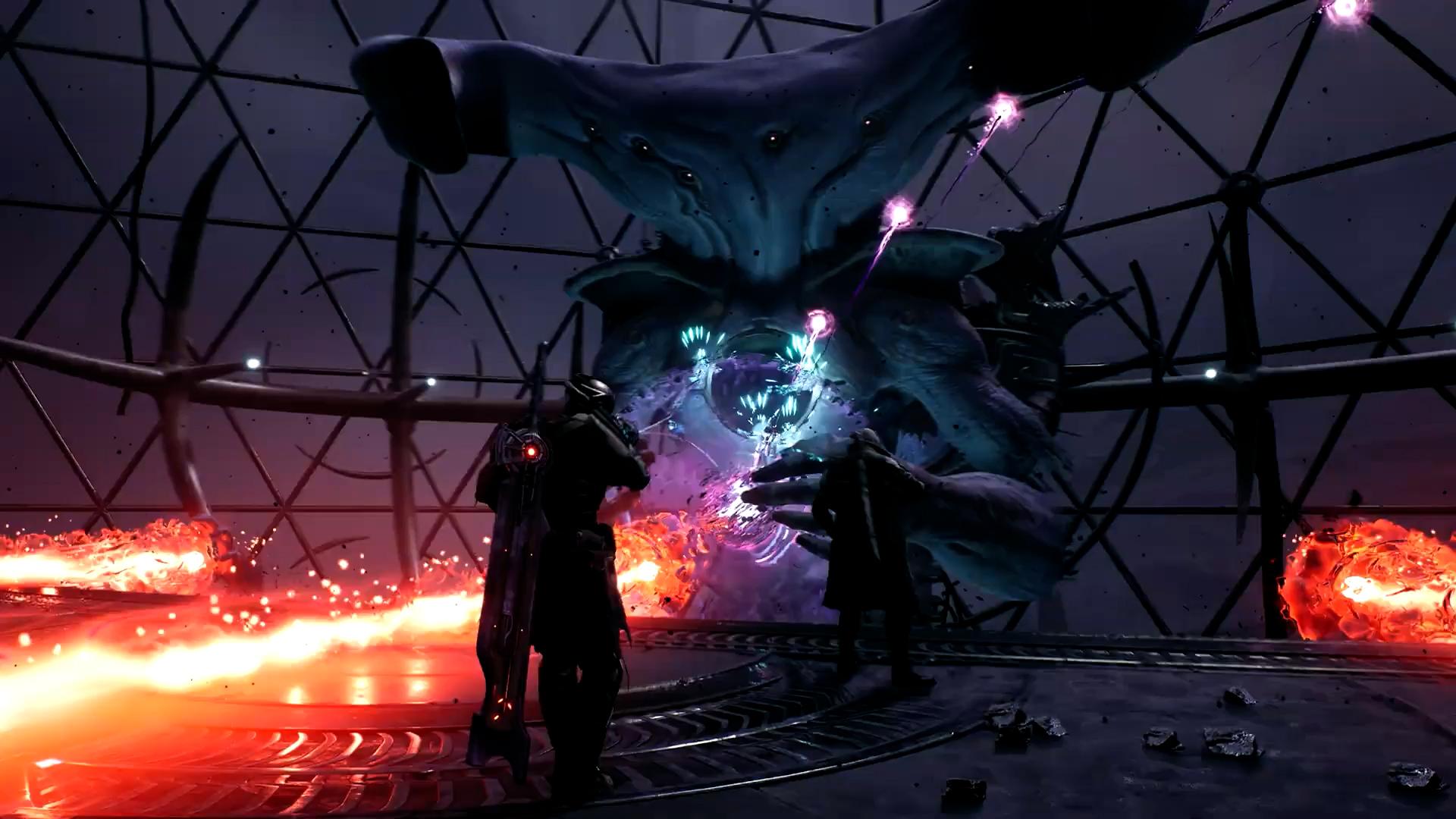
Everything we’ve talked about up until this point funnels into one pinnacle Remnant 2 experience, boss fights. I have a sick obsession with challenging boss fights, and think good design is one of the best ways to deliver an impactful player experience. Gunfire delivers, on nearly every front, doing away with some of the things that didn’t work in the first game, and holds nothing back when presenting an entirely new crop of apex challenges.
Remnant 2’s boss designs are as much a puzzle as they are a physical challenge. You can’t expect to run into an arena and just burn a boss down, ignoring mechanics you’ll die, over and over again. You have to observe the fight, learn the mechanics and patterns, and then slowly adjust your strategy until it all clicks into place. For some this might take one or two attempts, for others, dozens, maybe even hundreds. It’s that defining moment when you finally figure it out and defeat the larger than life enemy when you realize the game is at its absolute best. Then you remember you get a pretty sweet reward for your efforts, and all is right in the world. That experience happens over and over again and with dozens of bosses in the game it’s something we never grew tired of.
In Review
If the glowing review wasn’t an indication let me spell it out. Remnant 2 is one of the most satisfying games we’ve played this year. Heck, it’s one of the most satisfying games we’ve played in a seriously long time. The developers pulled out every stop to listen to their community and make a sequel that is bigger and better in every single way. If it hooks you, and I bet it will, you’ll be addicted. The moments you’re not playing the game, you’ll wish you were, and when you close your eyes the only thing you’ll think about is when you can log in and play again.
Remnant 2 is one of the most satisfying games we’ve played this year
If I had to knock the game for anything it would be the lack of crossplay on day one. It’s something everyone has been asking about, and the developers, understandably, have been quiet on the subject. The first game eventually had some form of crossplay but it was never a truly seamless experience. Fingers crossed they can figure it out somewhere down the line, because it would be the perfect cherry on top of a near perfect game.
If you don’t believe me, or think I’m some paid shill that’s fine, but our goal has always been to let you know when great games are released and if you miss out on Remnant 2, you’re missing out on an ace. If you needed just a little more of a reason to consider purchasing, the game is only $50 bucks, with an Ultimate Edition for only $20 more that gives you access to all 3 future DLCs, which is so much less than most AAA flops you convinced yourself were cutting edge. You’re getting a game that is actually amazing with potentially hundreds of hours of content that will keep you hooked from beginning to end.






